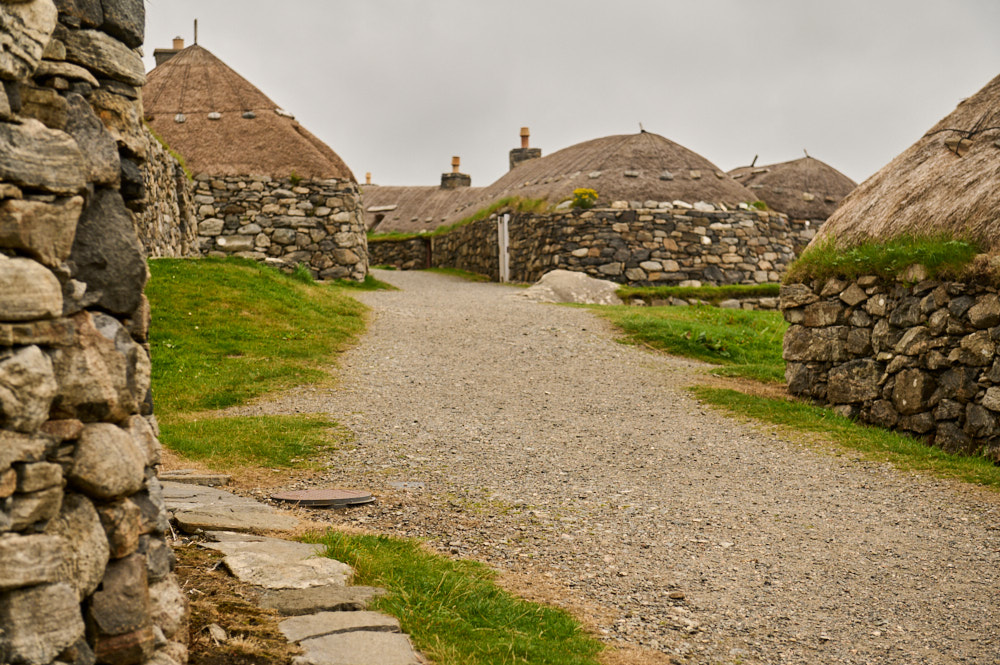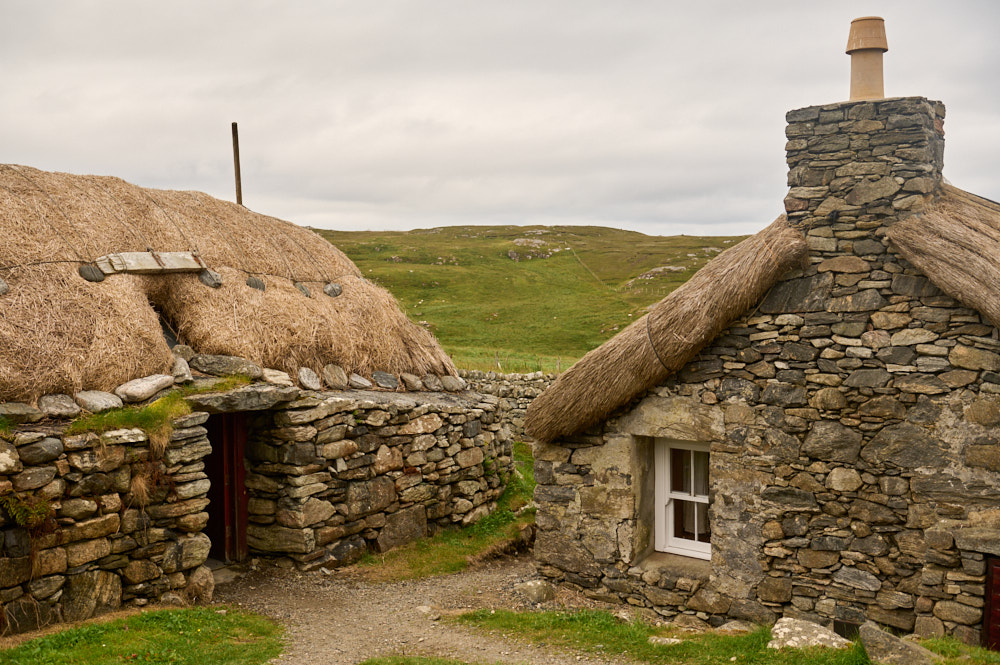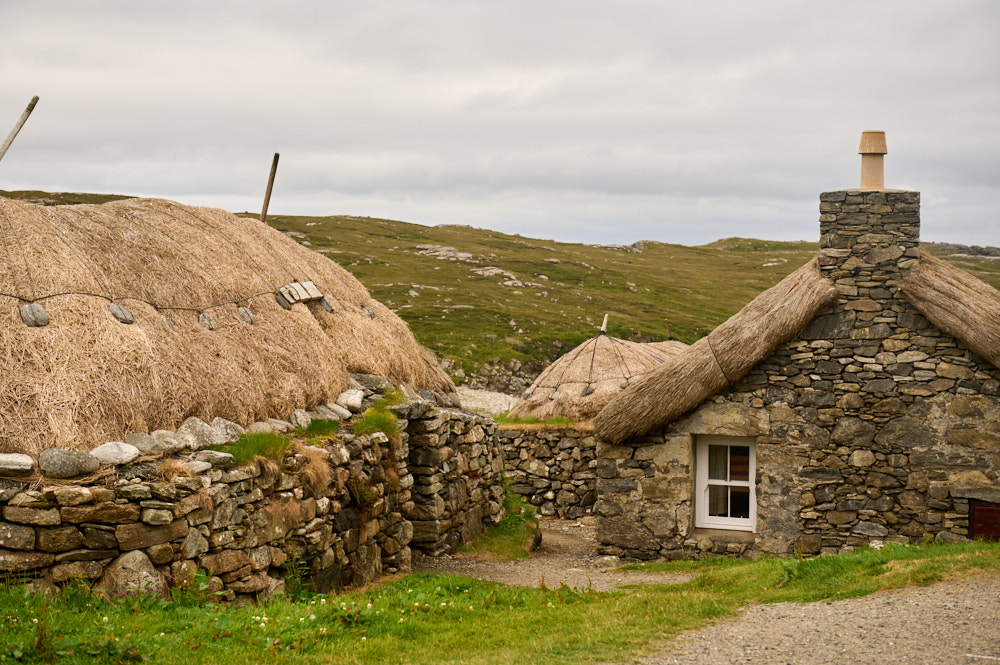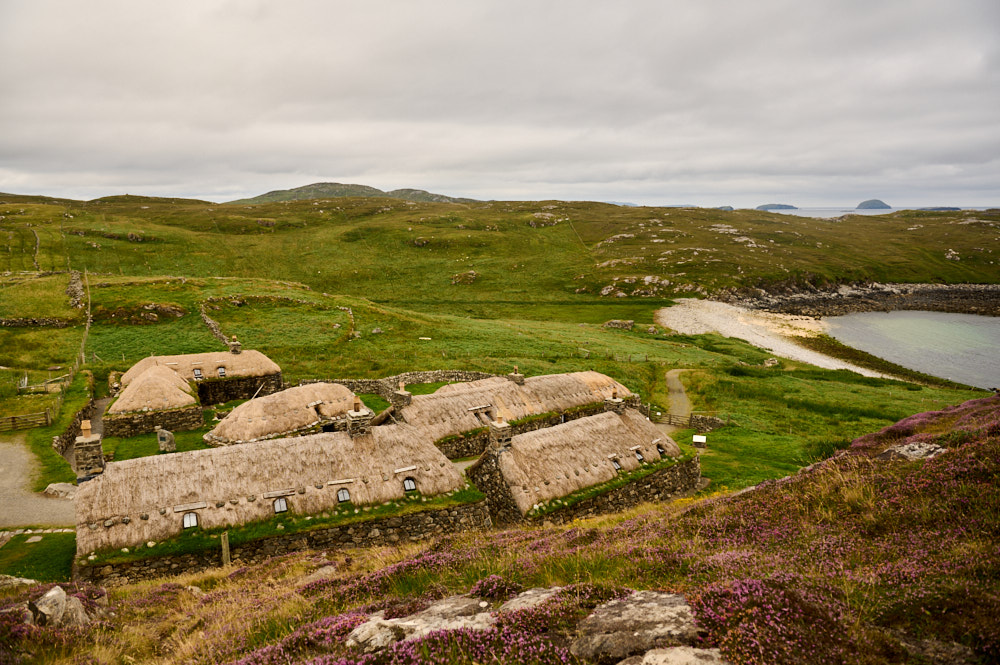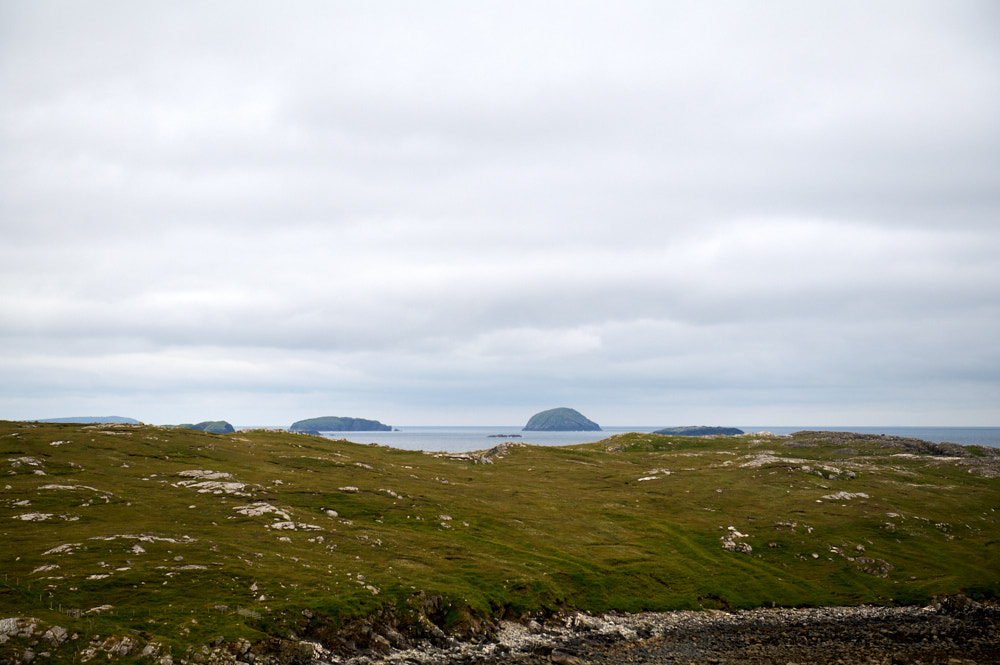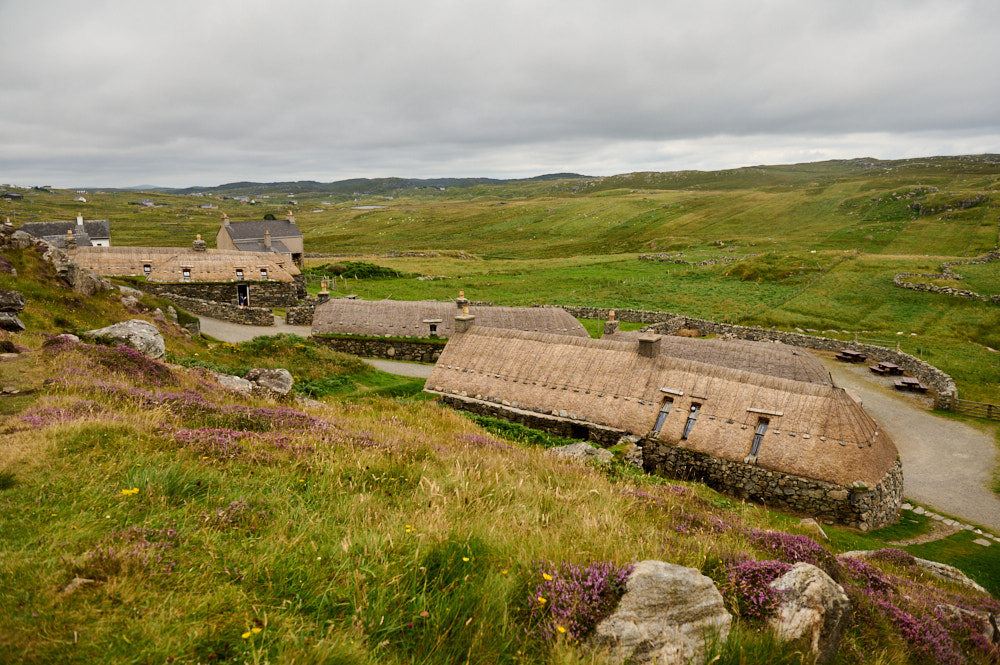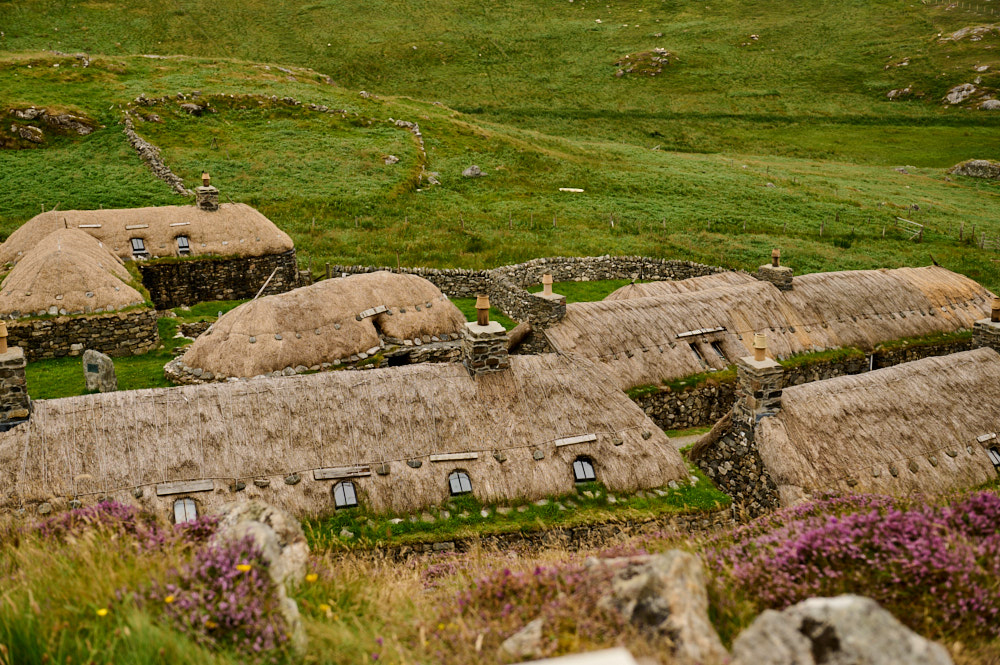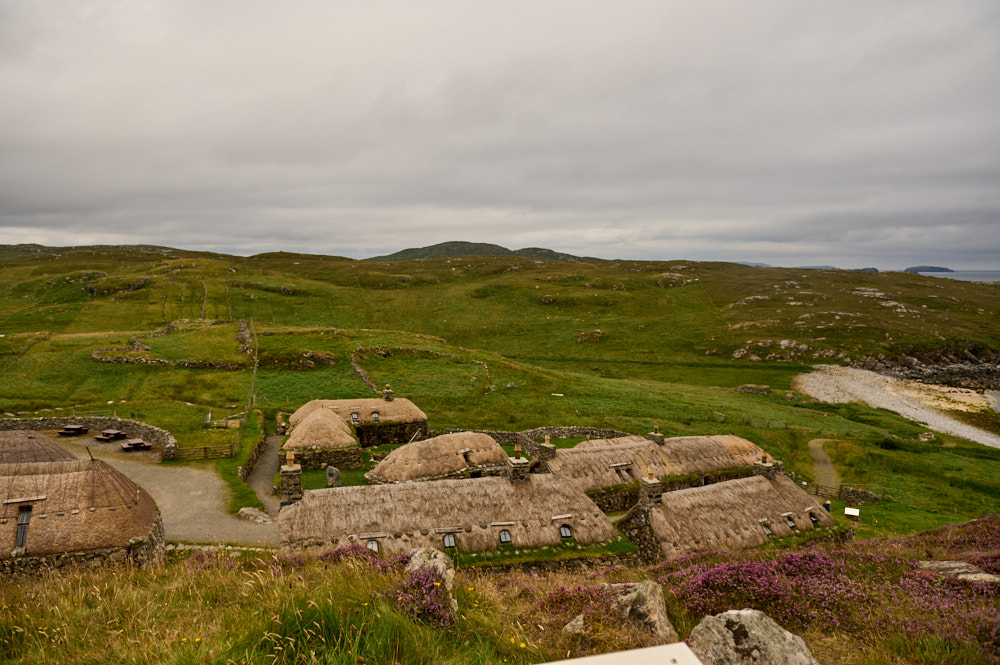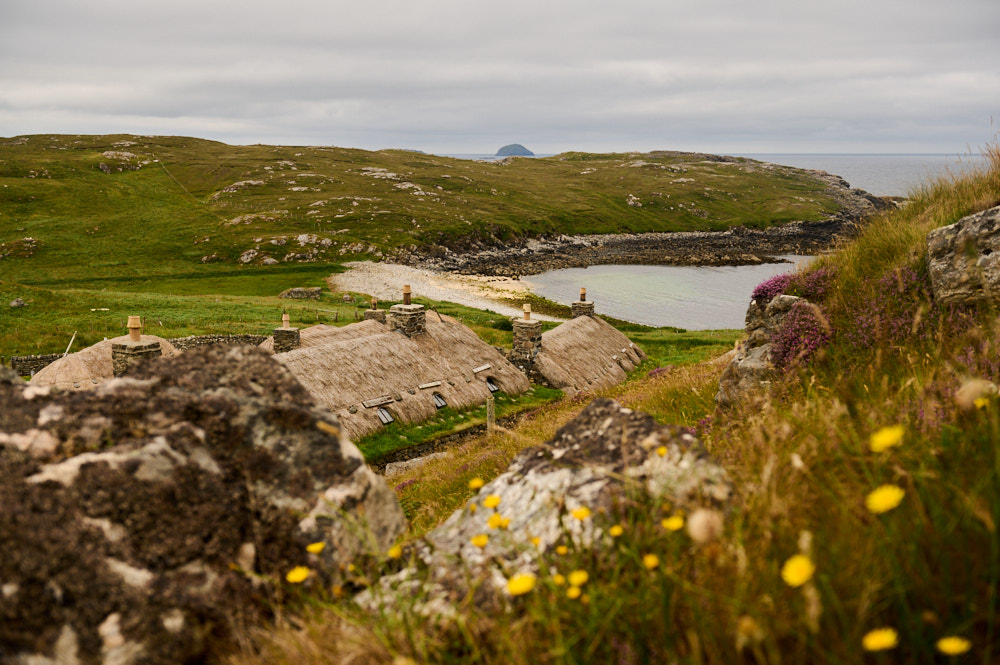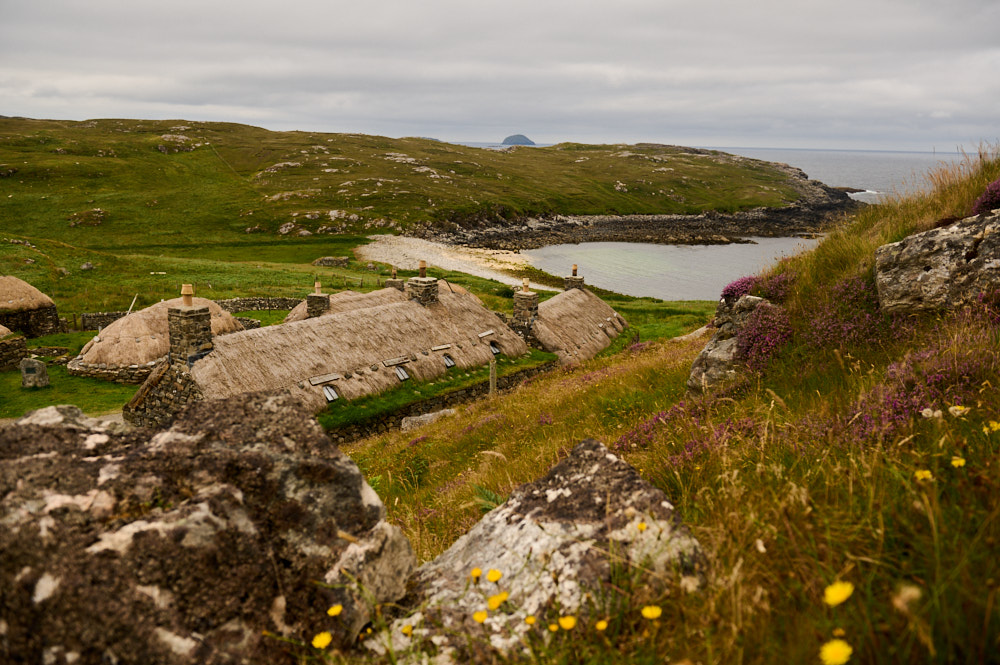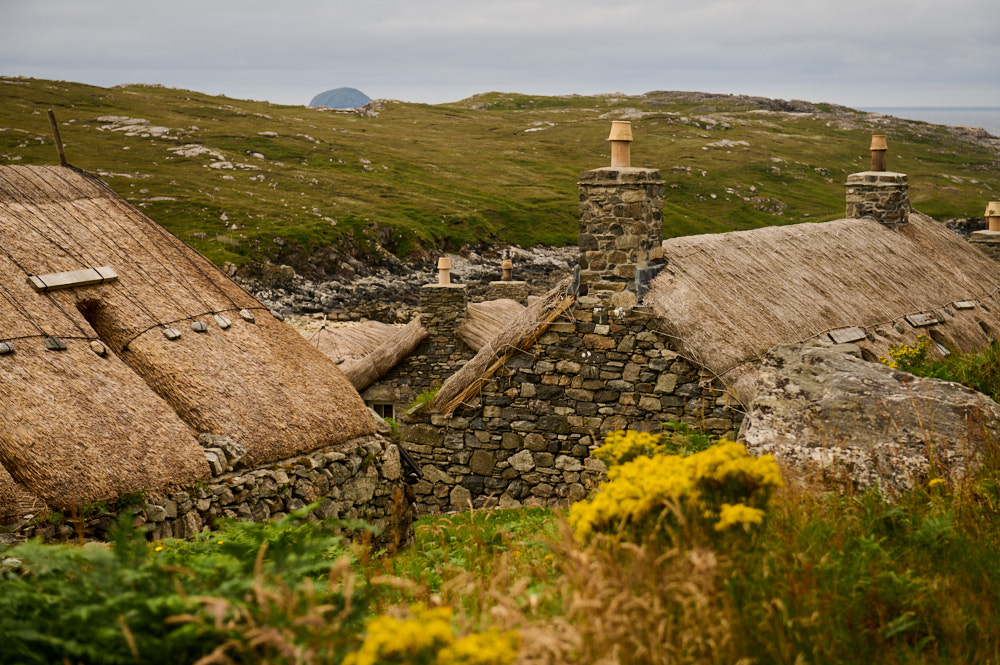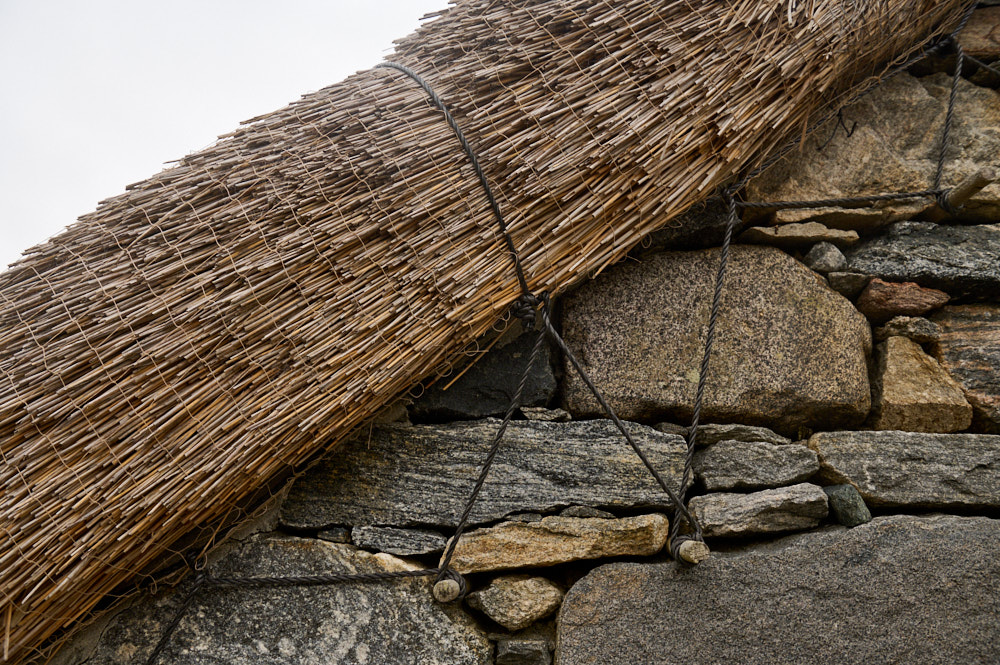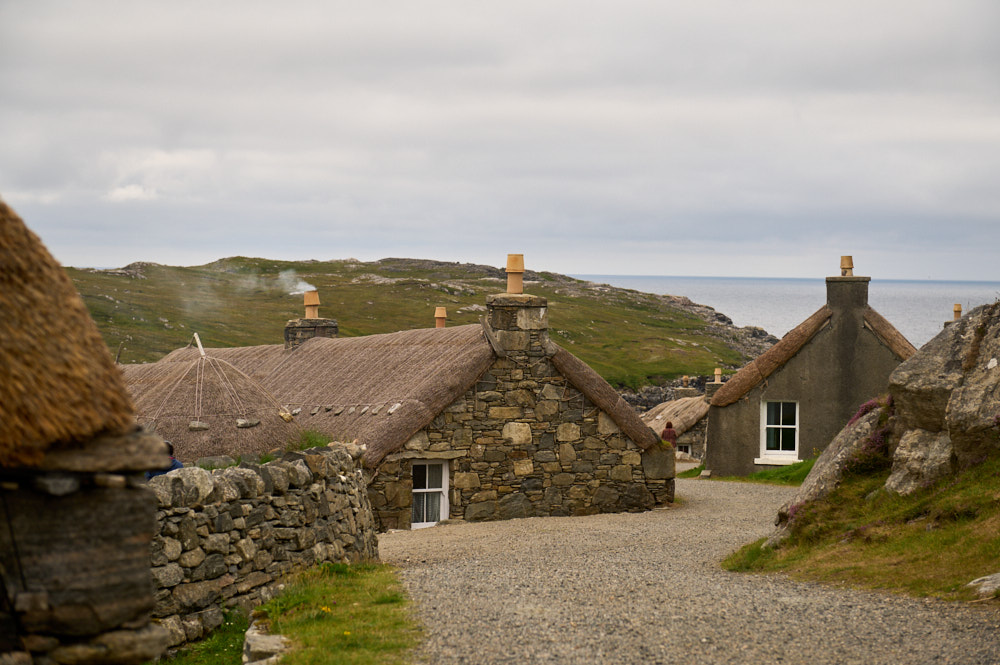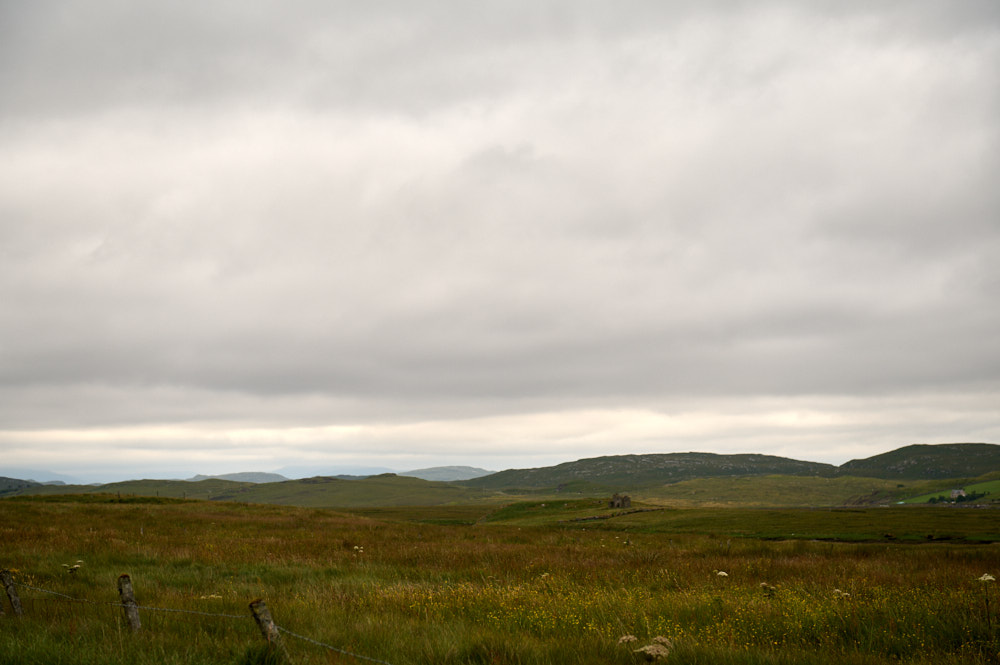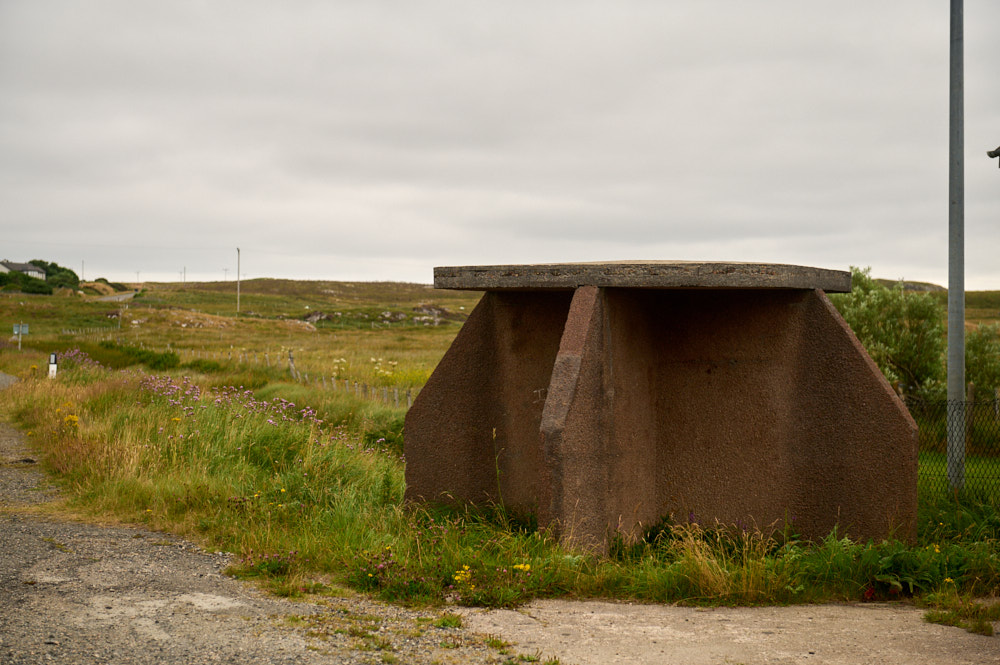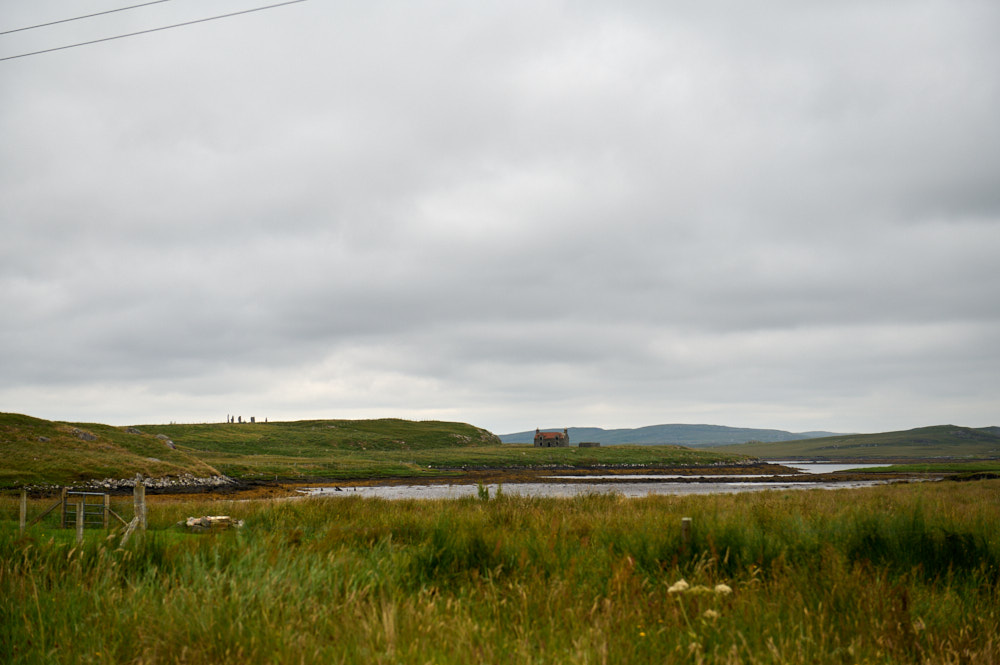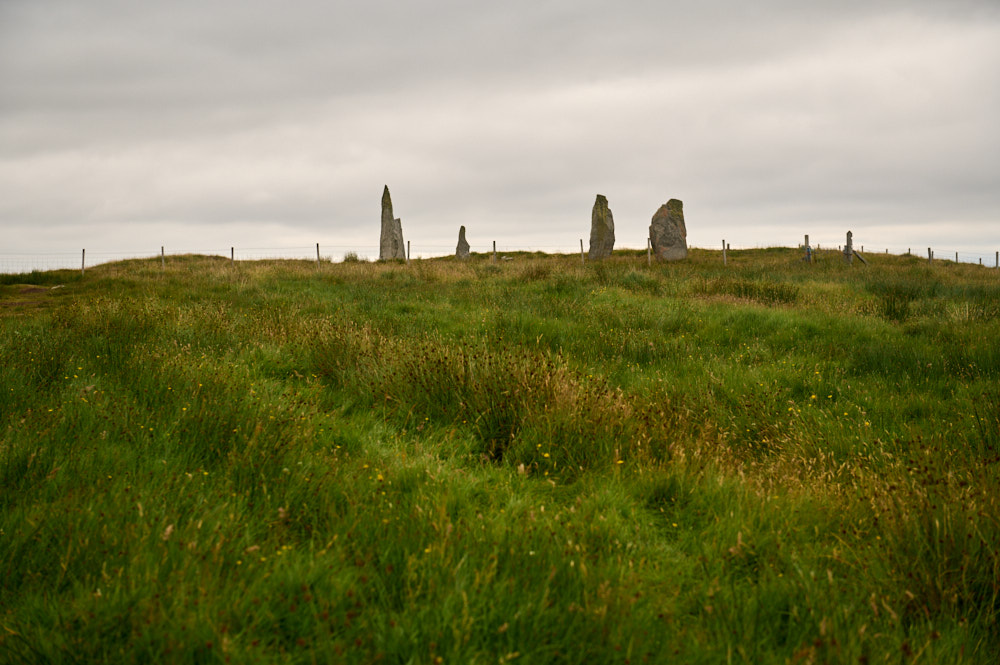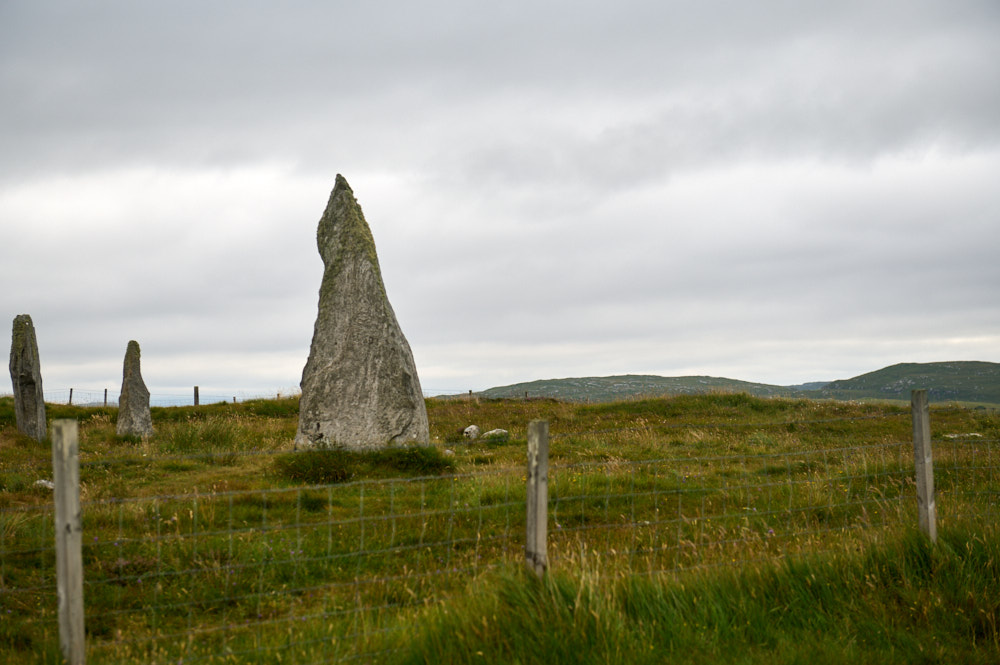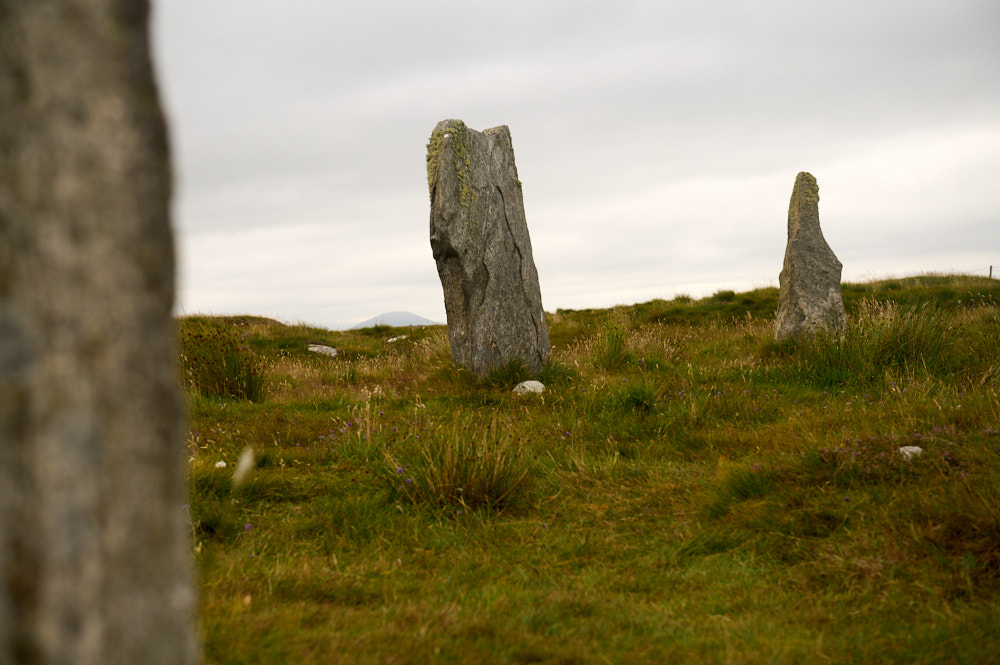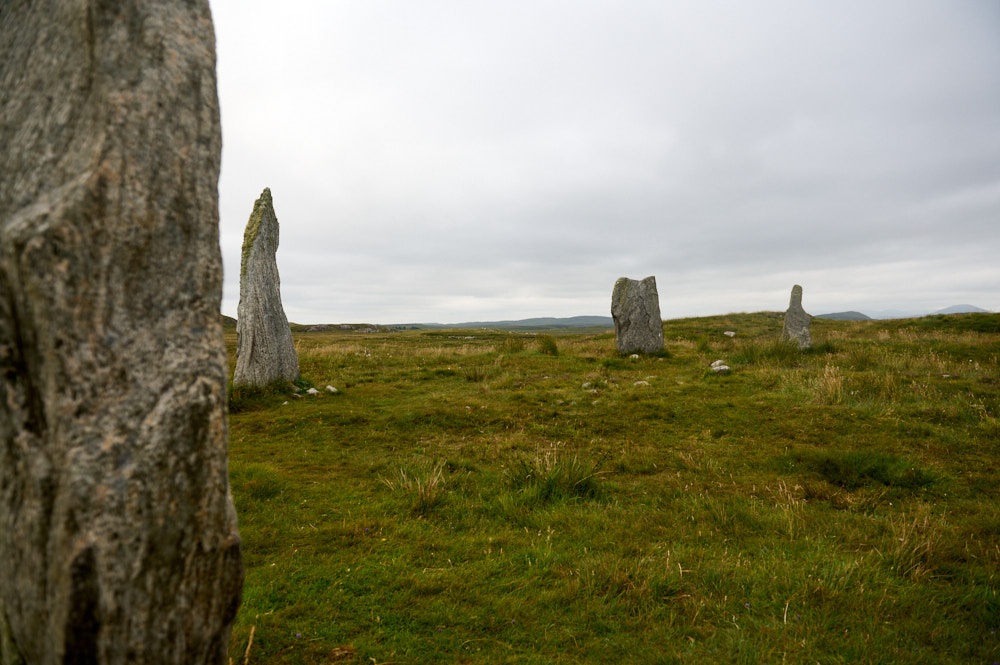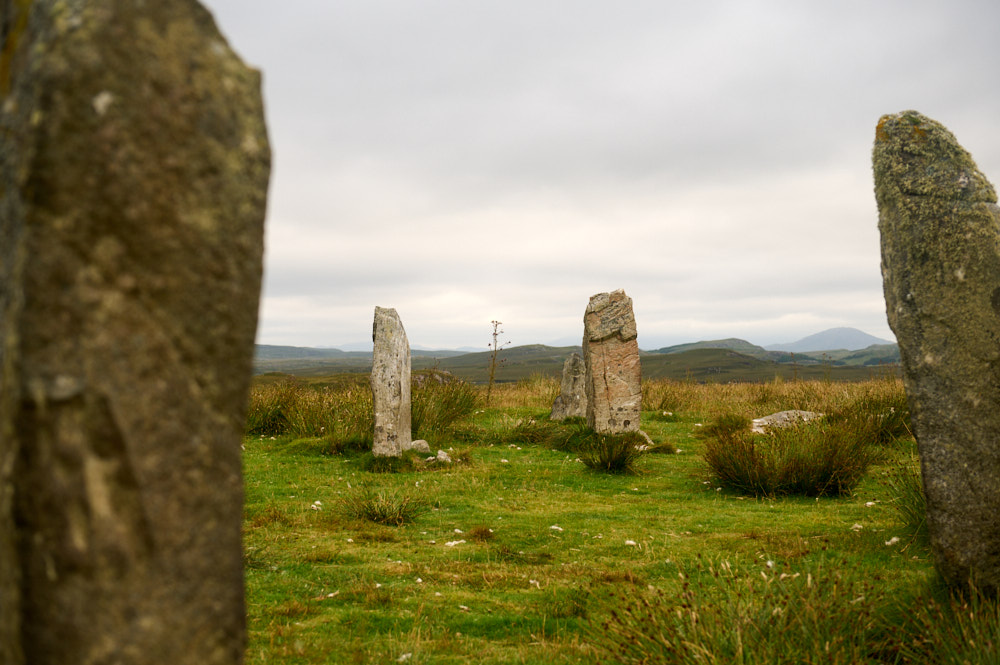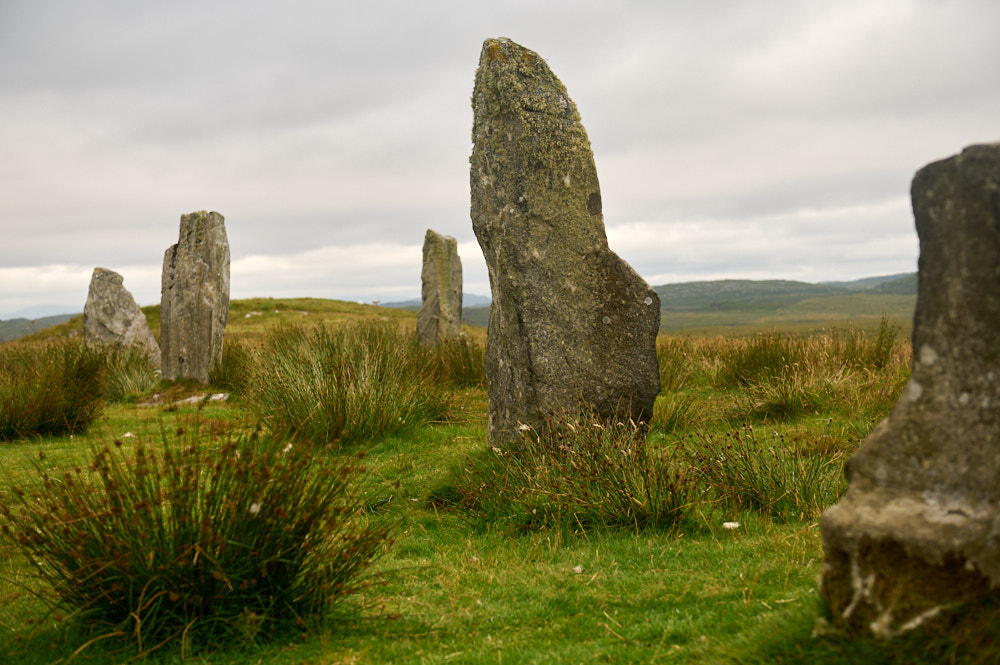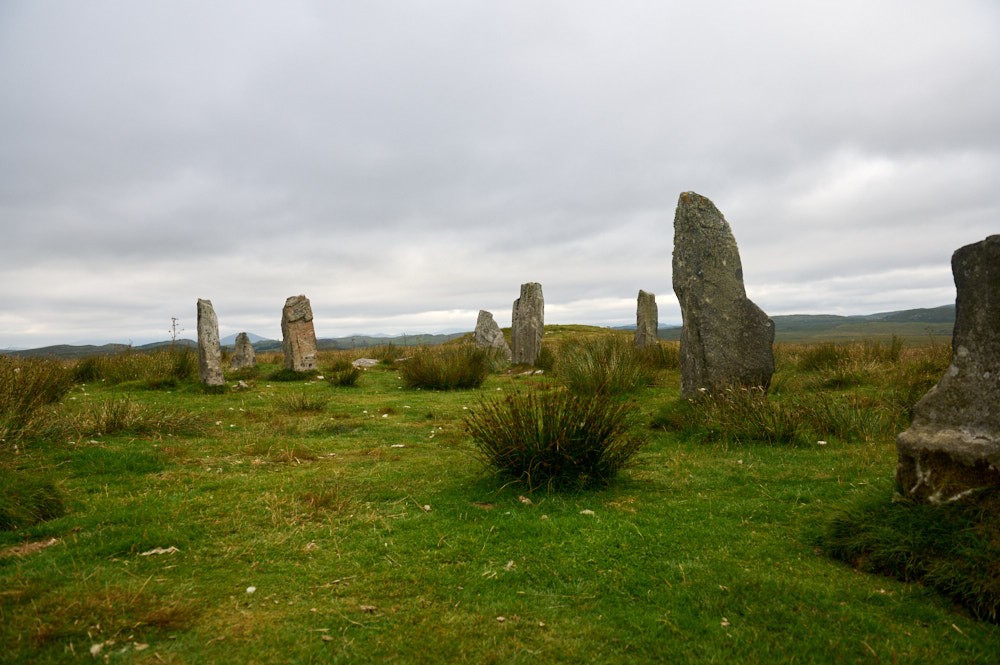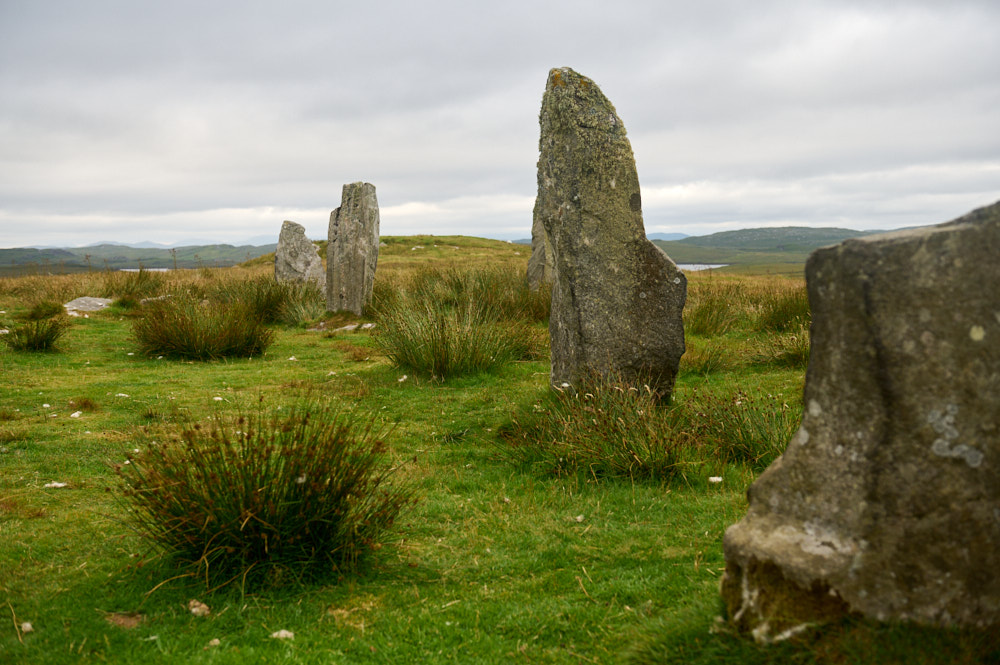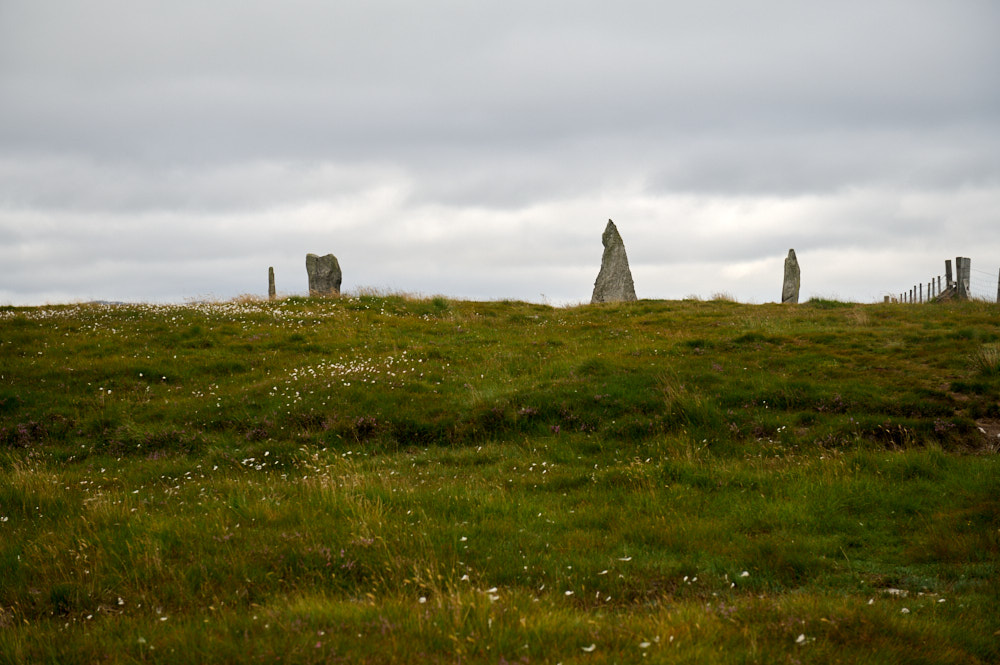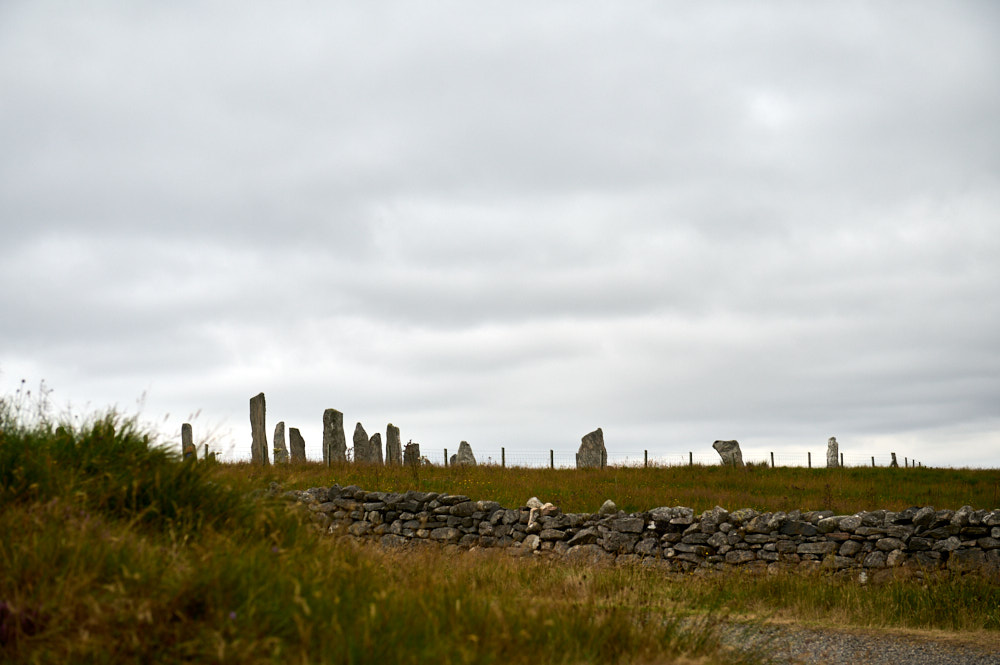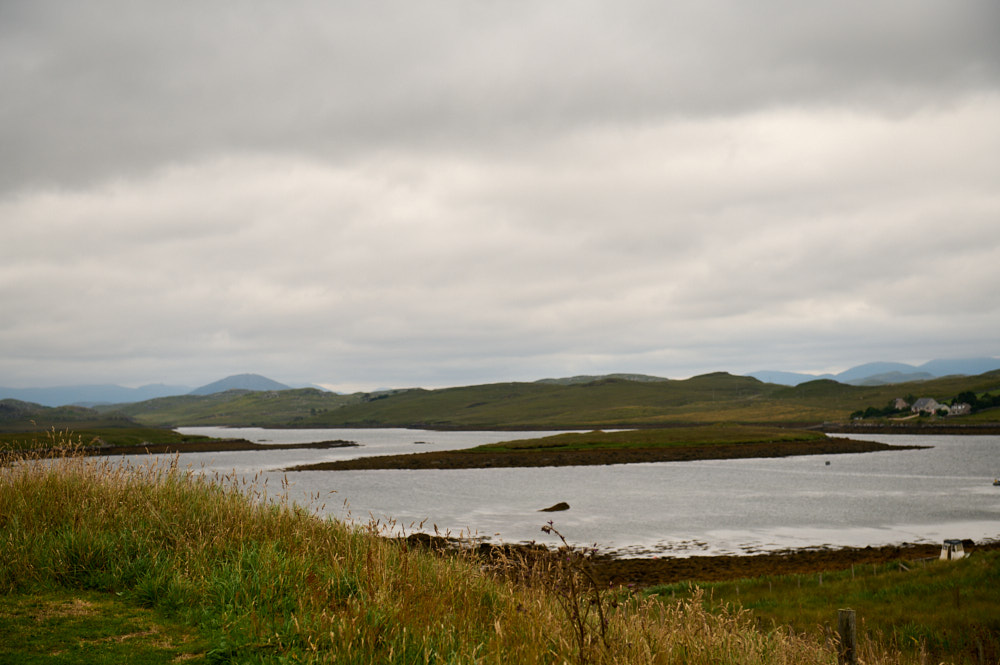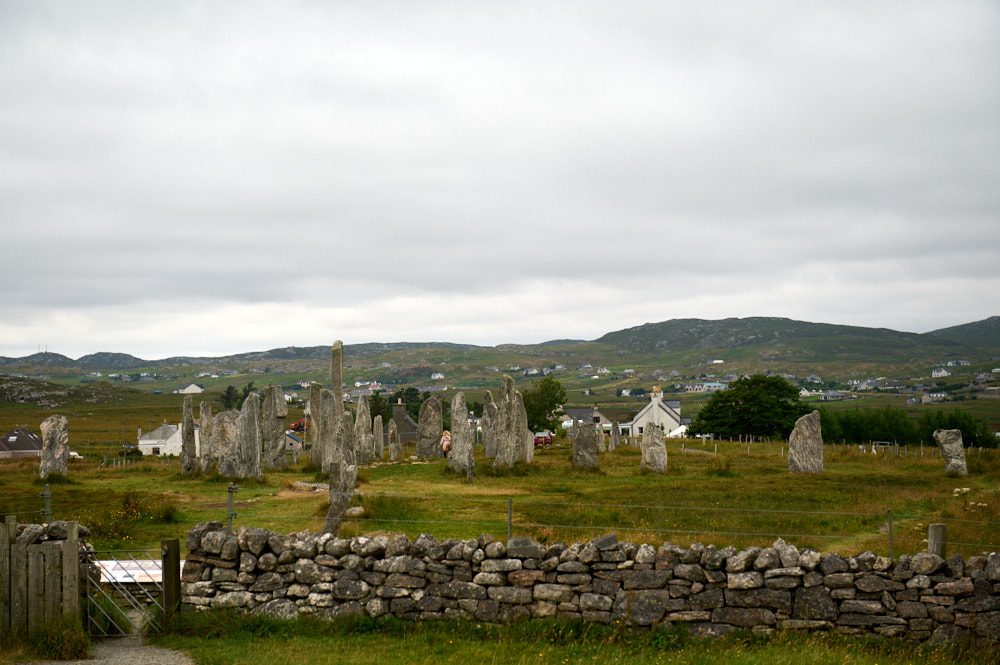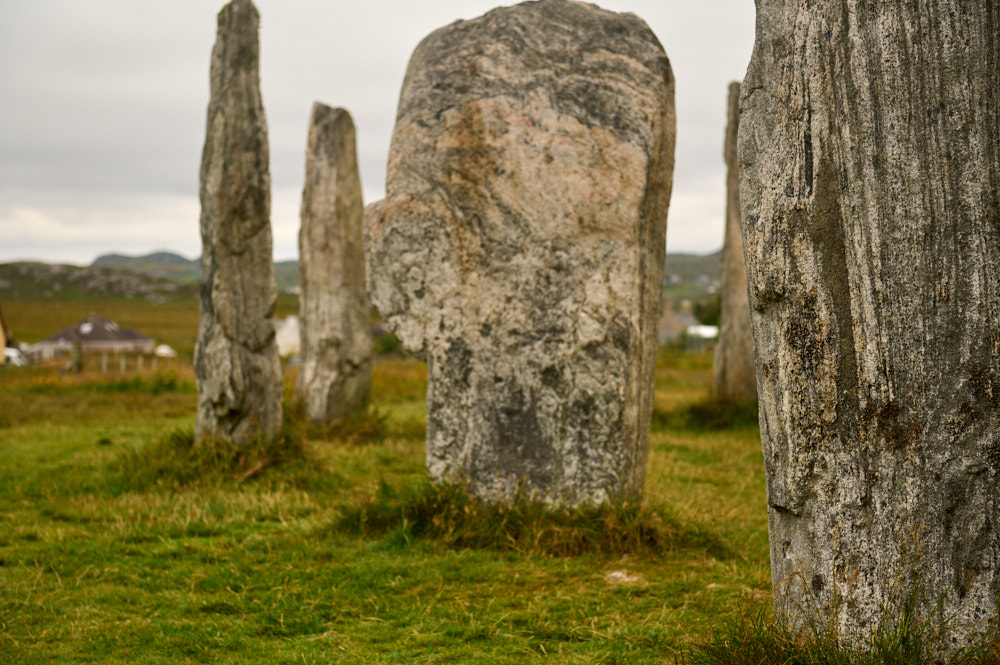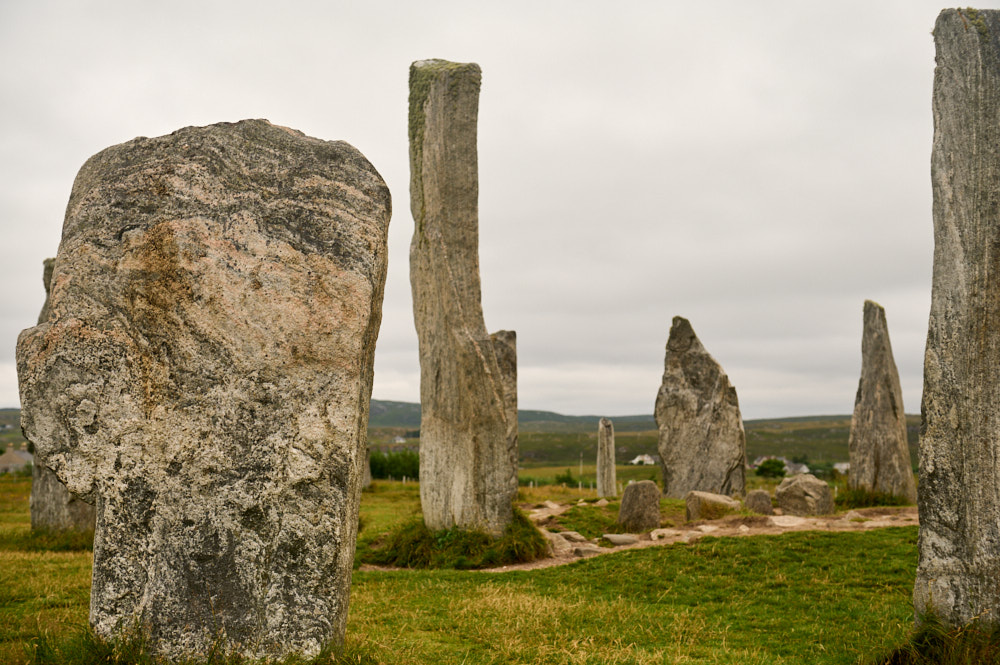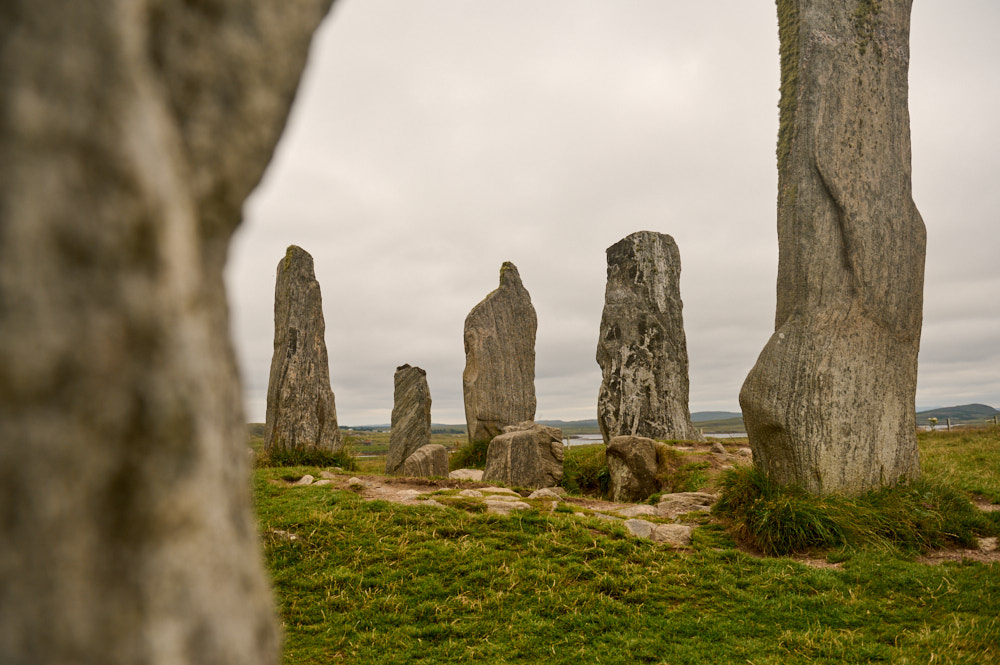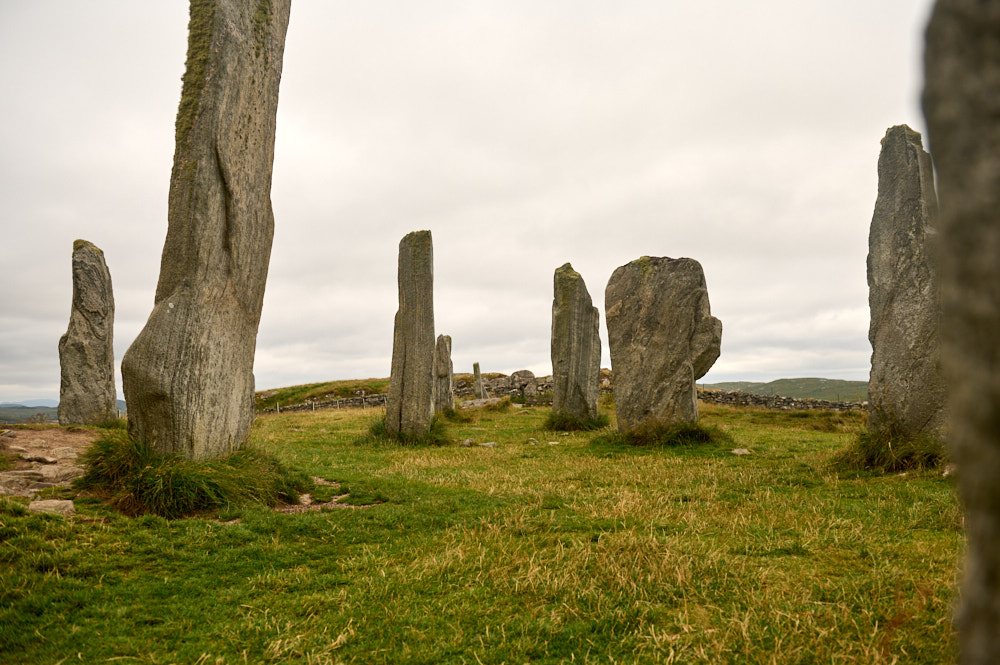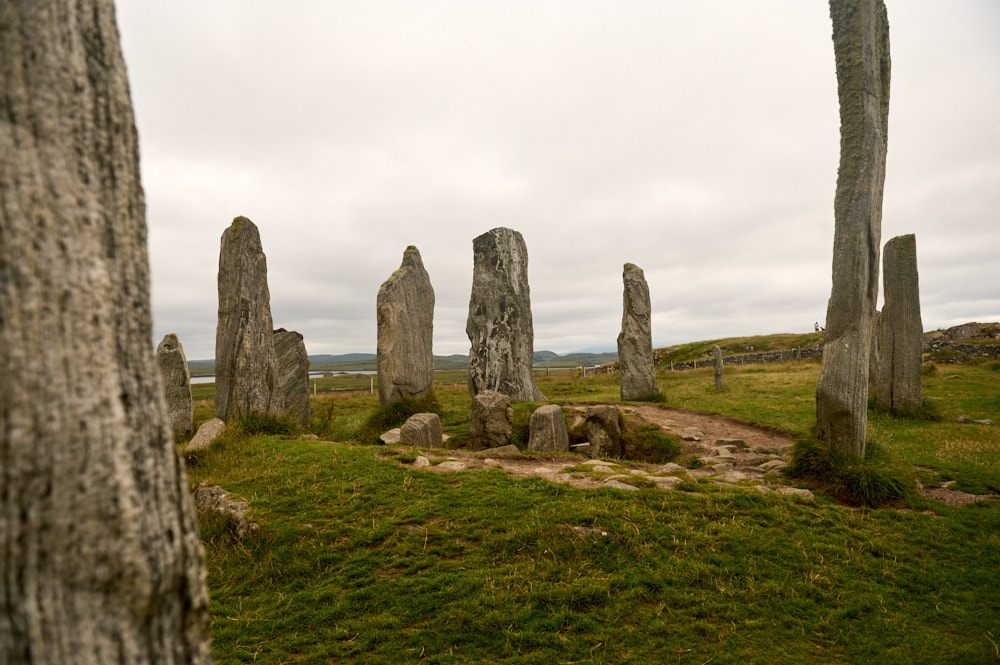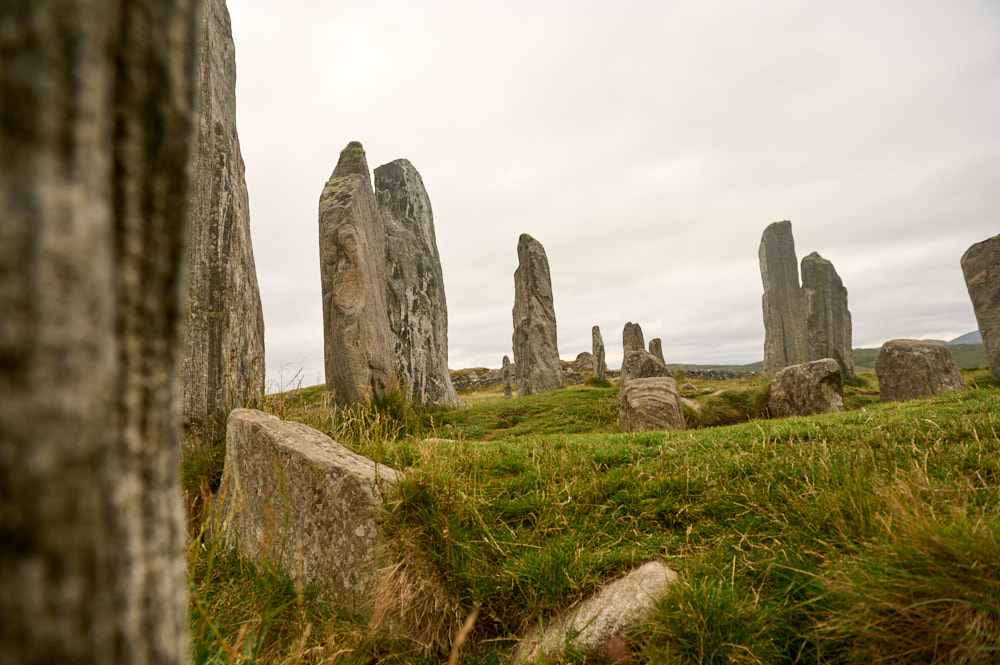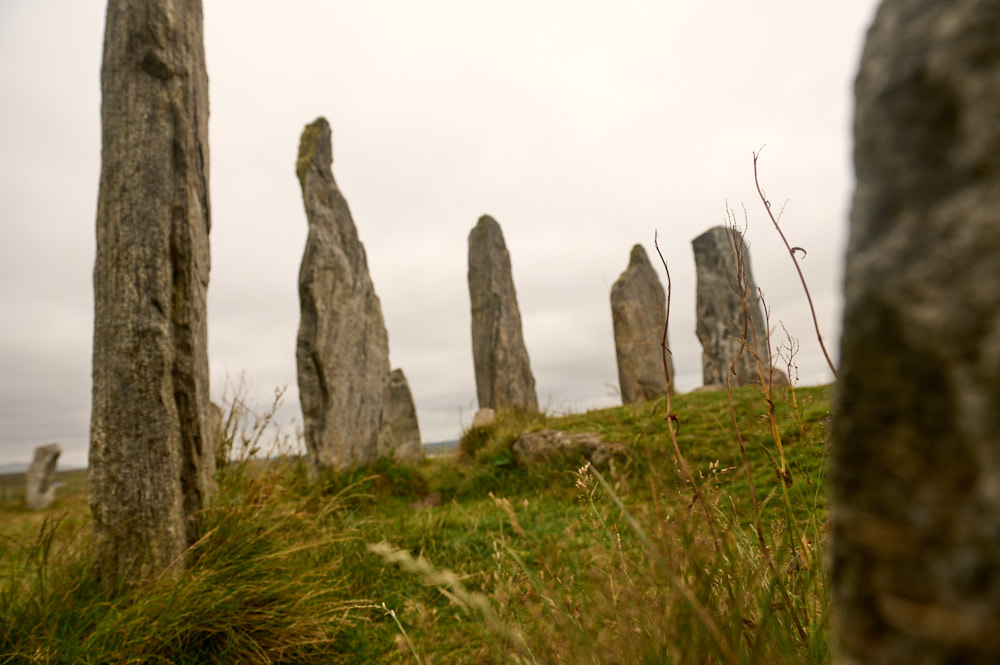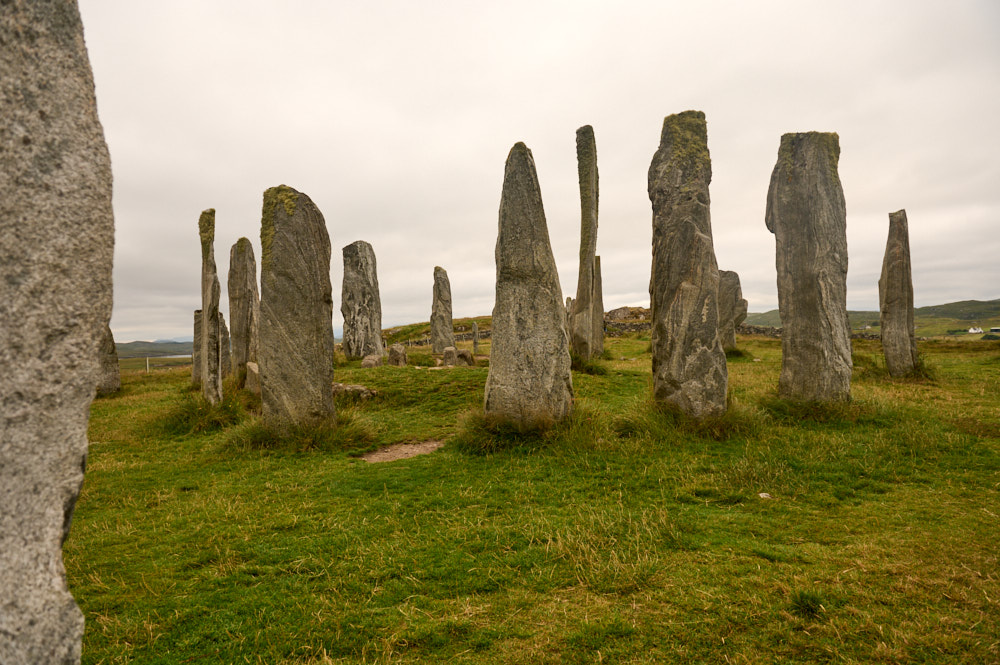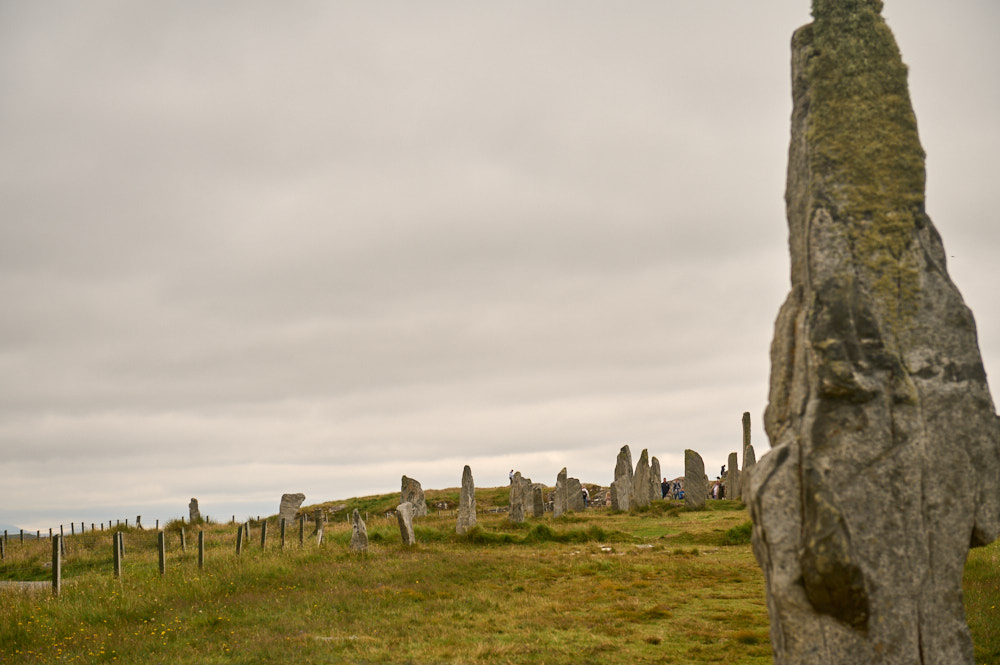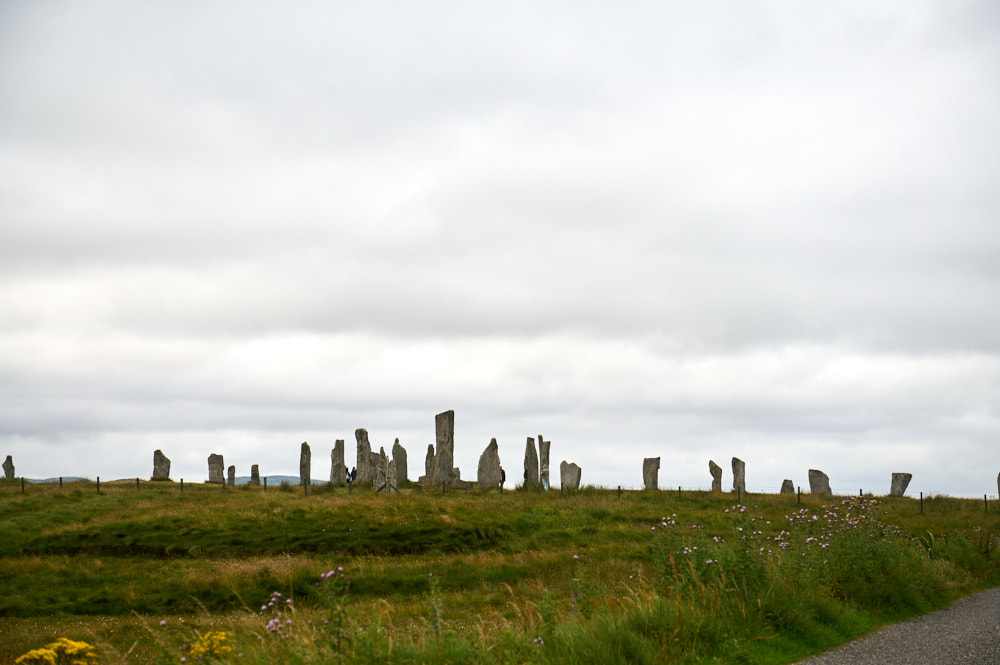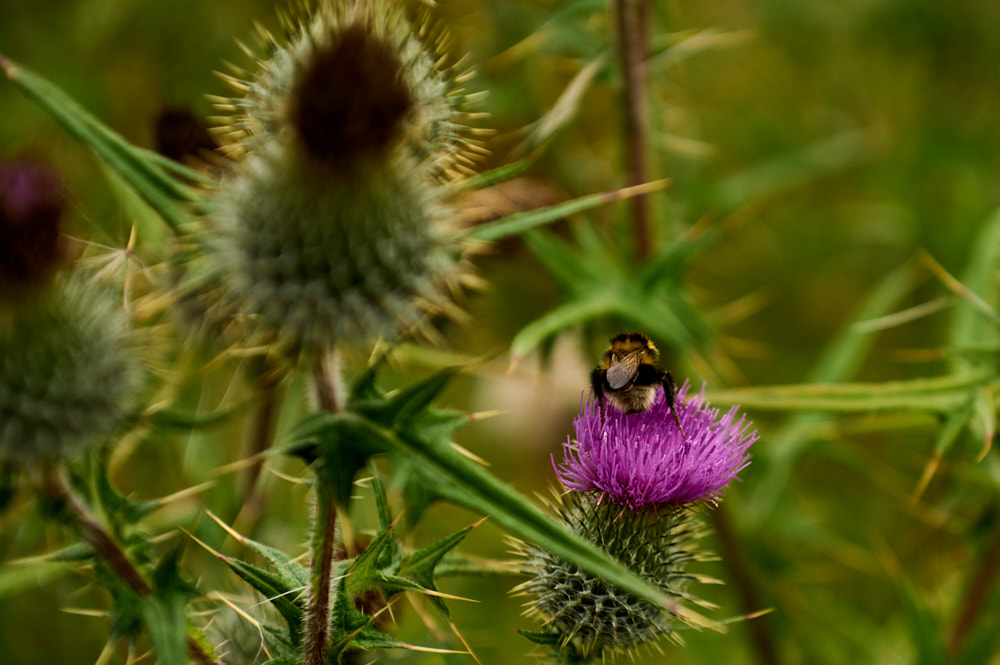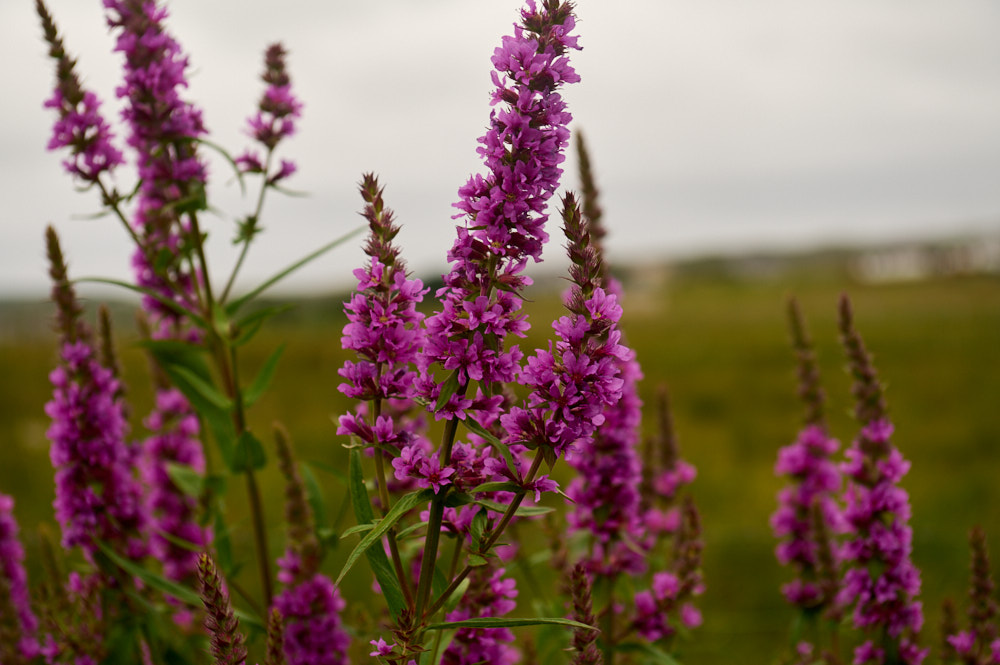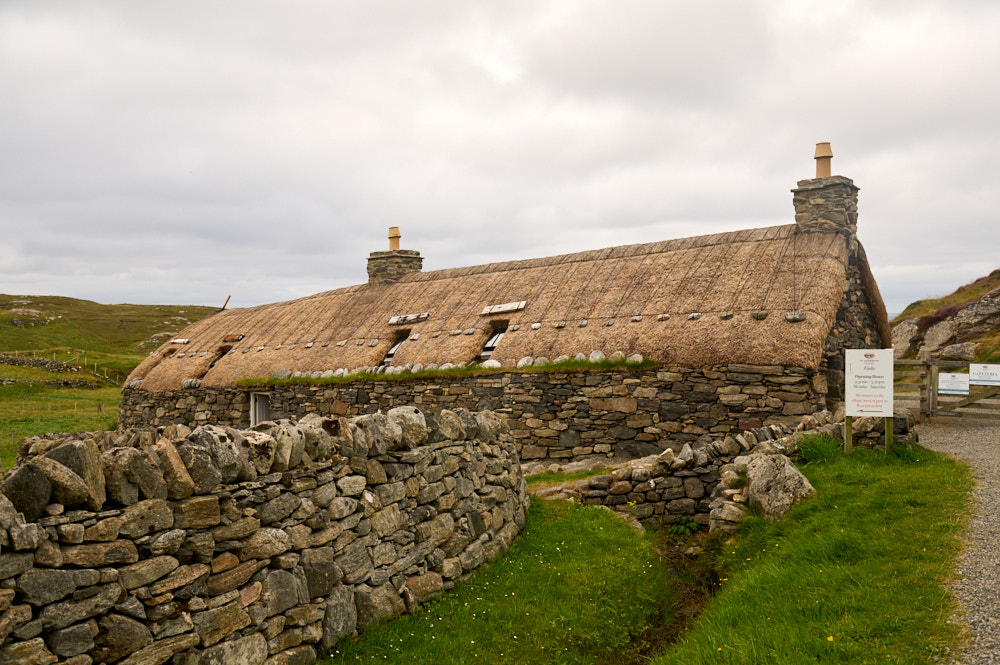
The Gearrannan Blackhouse village was definitely high on my must-visit list and after seeing the blackhouses in Arnol, I wanted more and spent the rest of the day at the Gearrannan village near Carloway.
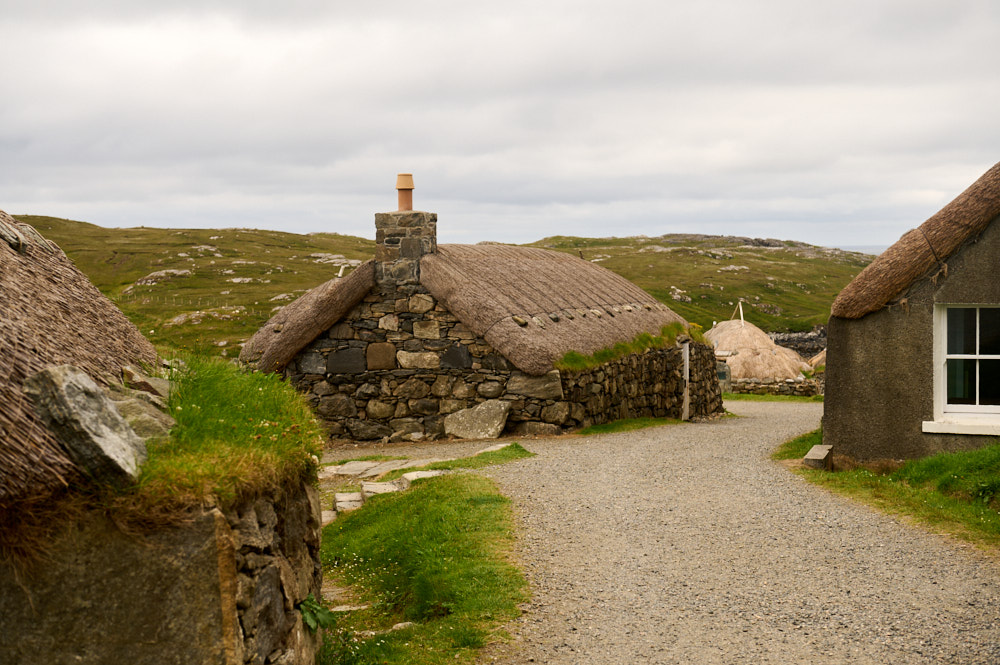
This settlement of blackhouses facing the Atlantic gives us an impression of how life was in Lewis. “Modern life” is compared to the Iron Age settlement at the nearby Dun Carloway. Gearrannan dates back to the 17th century—the houses we see today date back to the late 1800s.
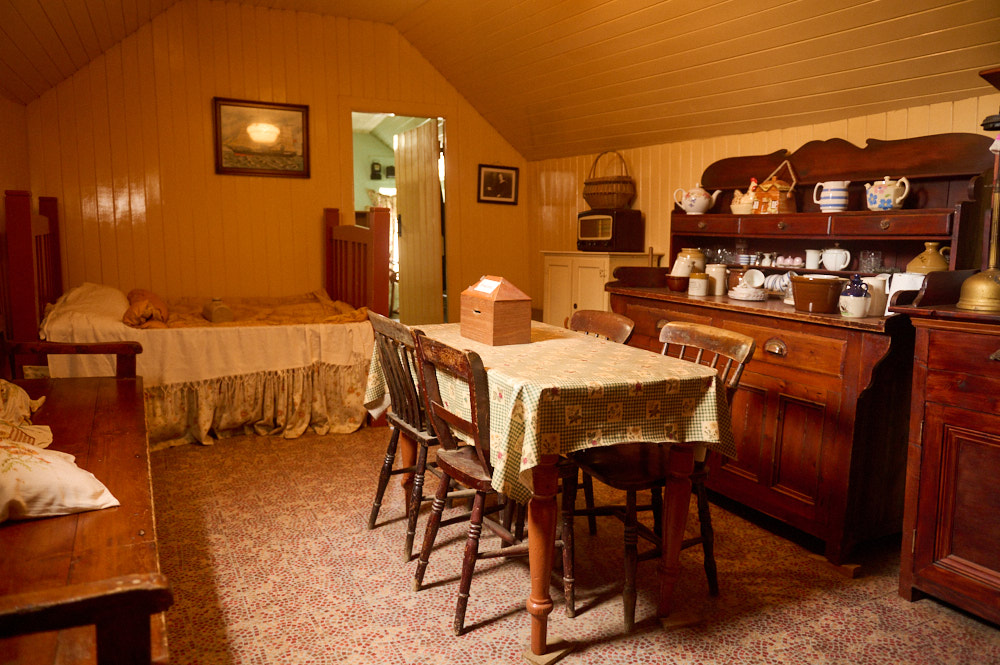
Life was hard, people had to go far away to make ends meet. While men travelled up to Virginia for the whaling season, the women…
In May 1920, as part of an annual cycle, seven teams of three women from the village left for Stornoway to process fish. They then followed the herring to the east coast of Scotland then down to eastern England, only returning home at the end of the season. (Undiscovered Scotland)
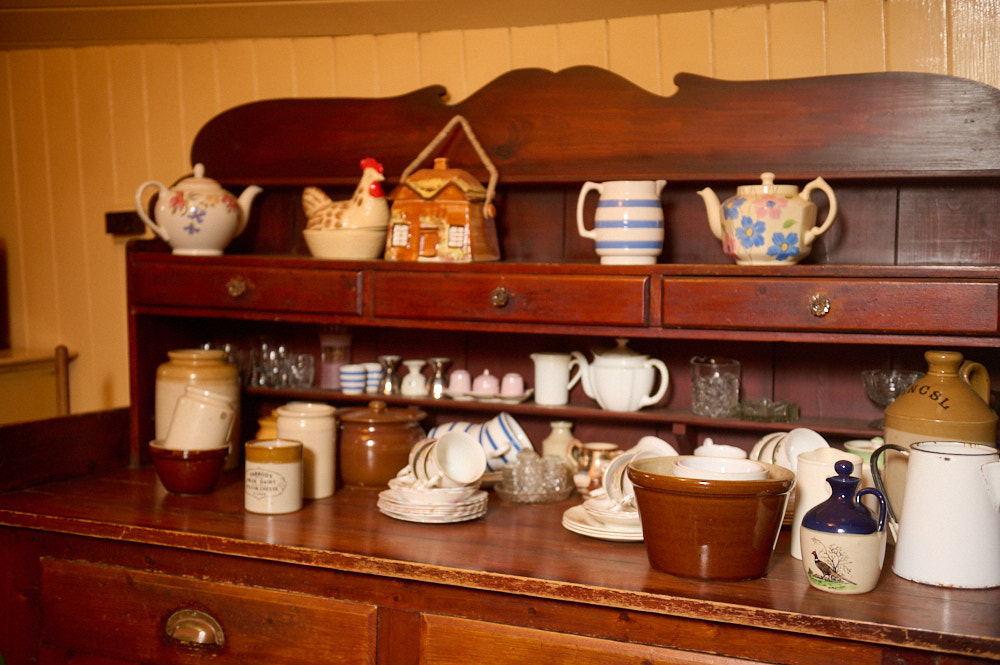
Life in the village only changed slowly. Inside the museum blackhouse, we see a bedroom and a lounge dating from the mid-1900s.
In Gearrannan, oil lamps were replaced by electricity from 1952, and in the 1960s piped water arrived in the village, though it still had to be fetched from outside taps. This brought to an end the tradition of communal washing of heavier laundry in the loch, with water heated over open fires on the shore. And from 1965 a daily milk delivery started, ending the need to keep a cow and grow the crops to feed it. (Undiscovered Scotland)
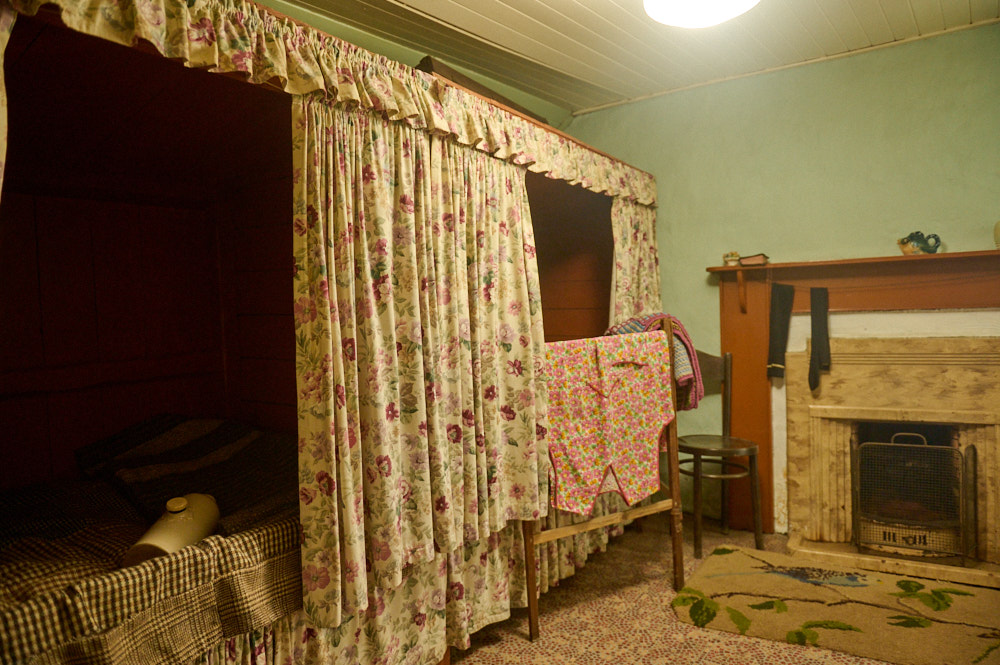
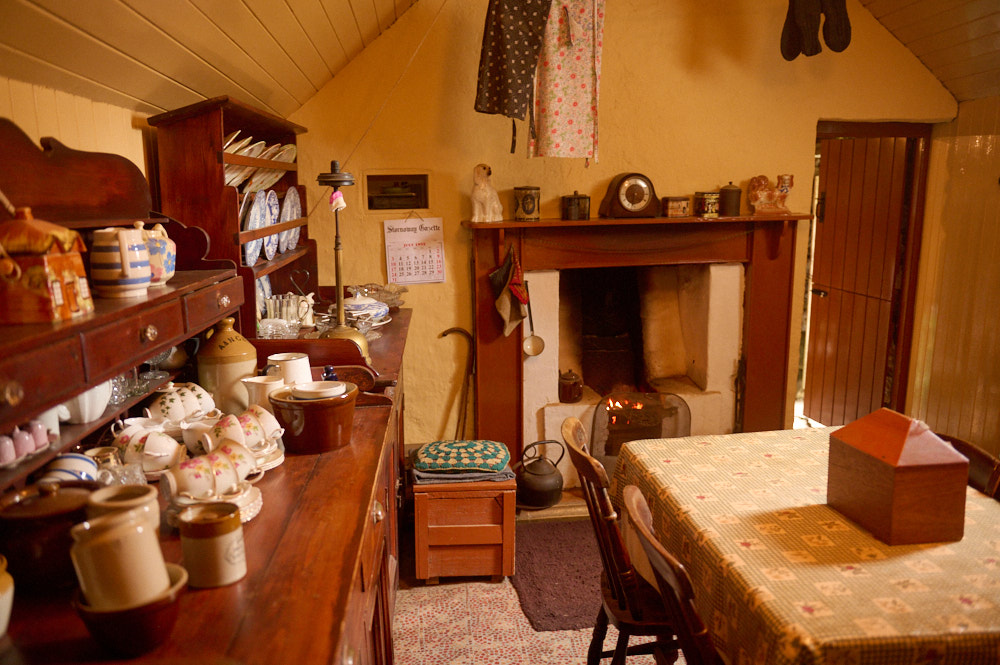
We find a loom at the end of the house, including some weaving demonstration.
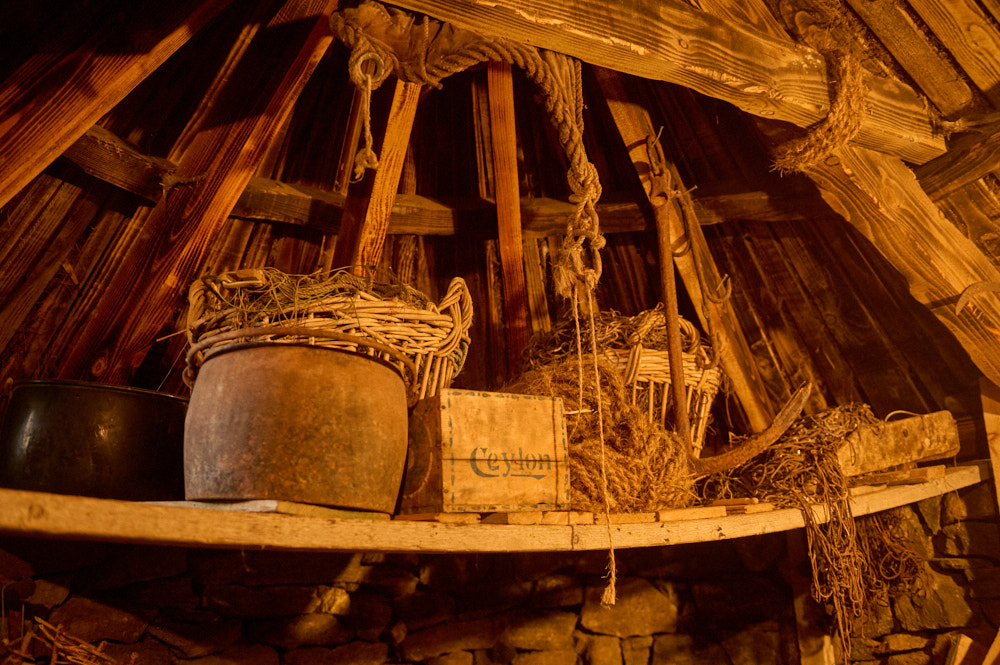
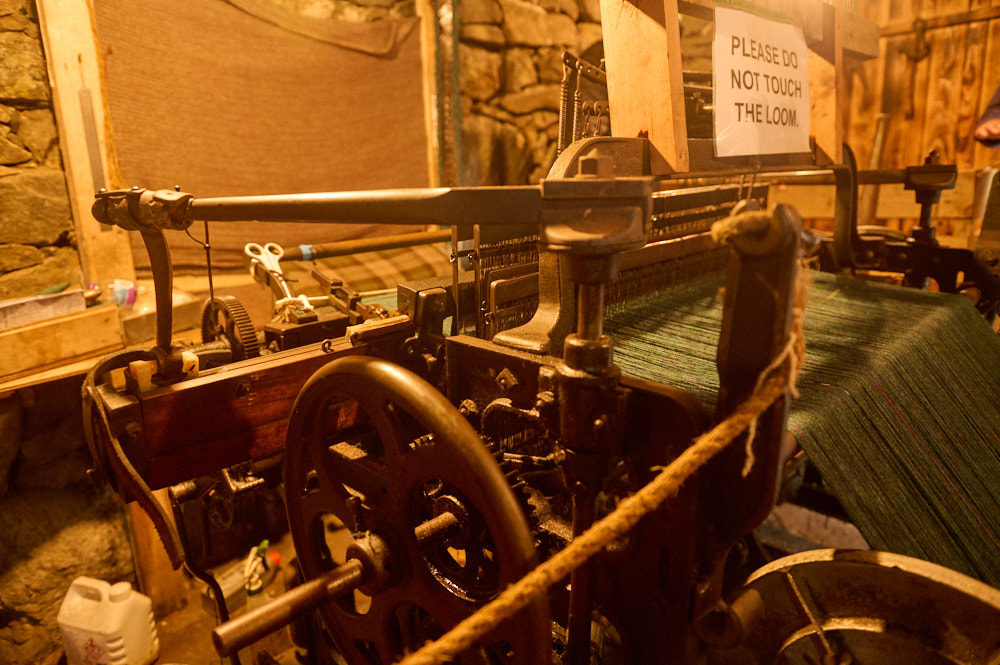
By the 1970s most had left for easier accommodations nearby, and only five residents had remained in Gearrannan. But the very last resident then left in 1974 and Gearrannan became a ghost village of the past!
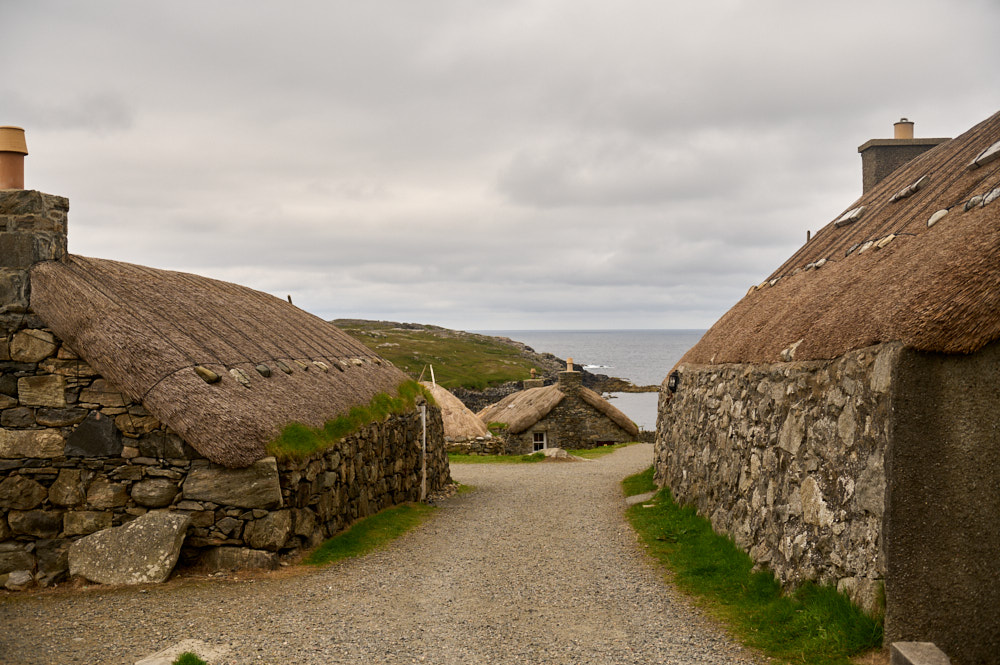
Lucky for us the Urras nan Gearrannan (the Garenin Trust) has been restoring the derelict blackhouses and surrounding areas since 1989 to recreate an authentic settlement with modern facilities.
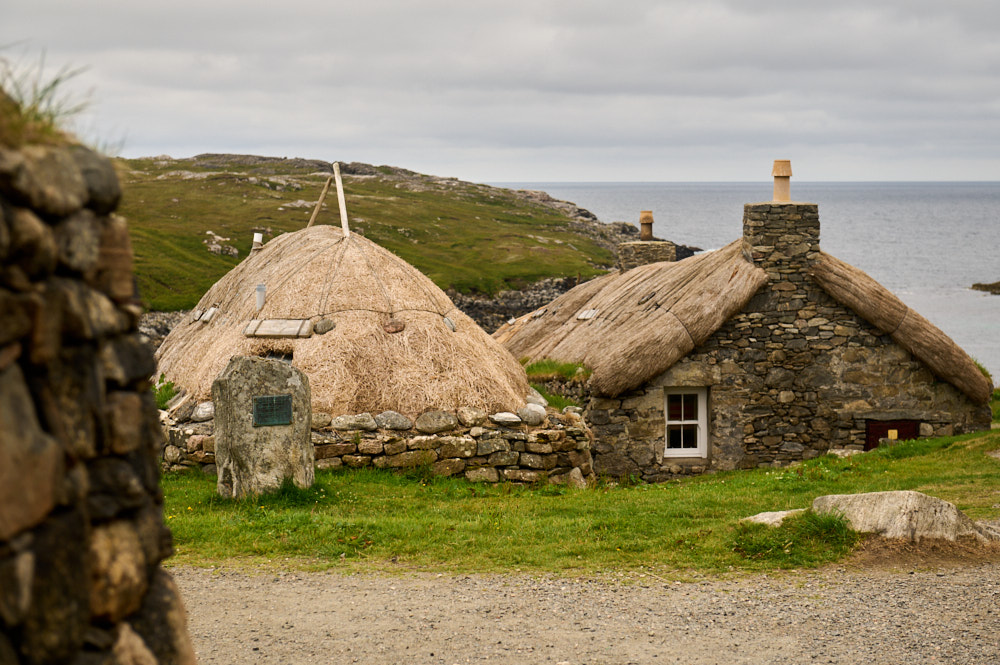
There is a shop and café for visitors and villagers and you could even stay in the village. Some of the blackhouses are available as holiday lets sleeping between 2 to 16 people and there is also a hostel.
It must be lovely to be awakened by the waves and enjoy the village before the day visitors arrive and after they leave.
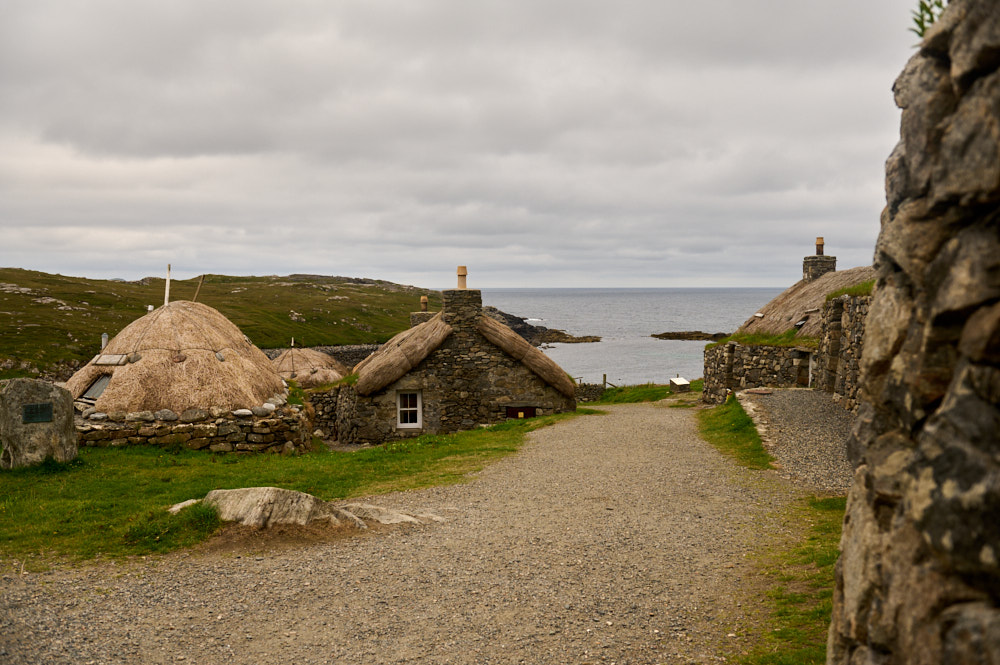
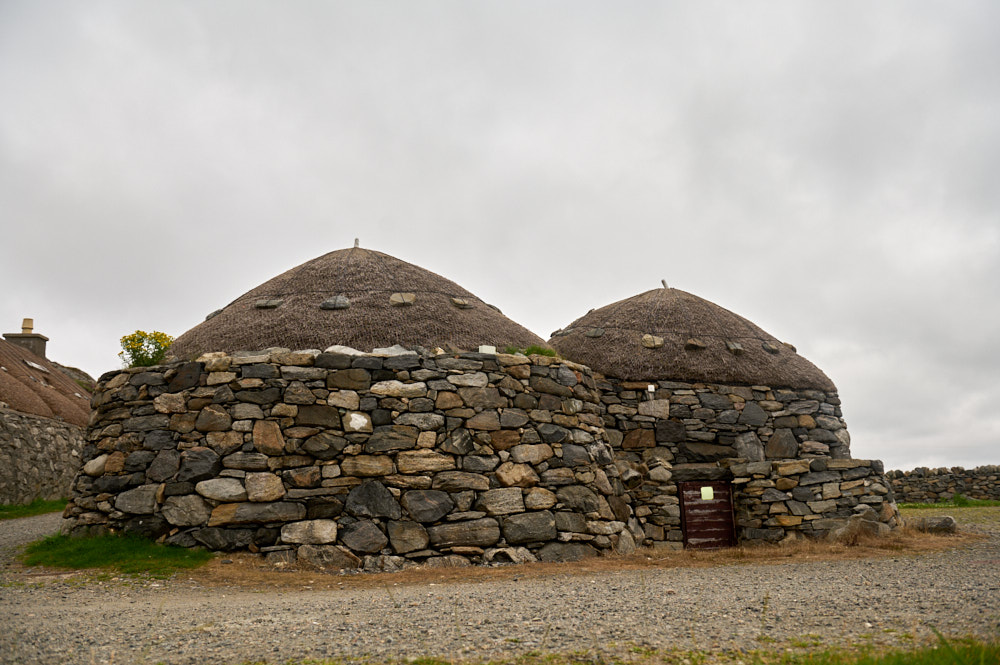
After a lovely lunch provided by the café, I continued exploring the village. Walked down to the beach and up the hill. The view from the hill over the village was probably my favourite one.
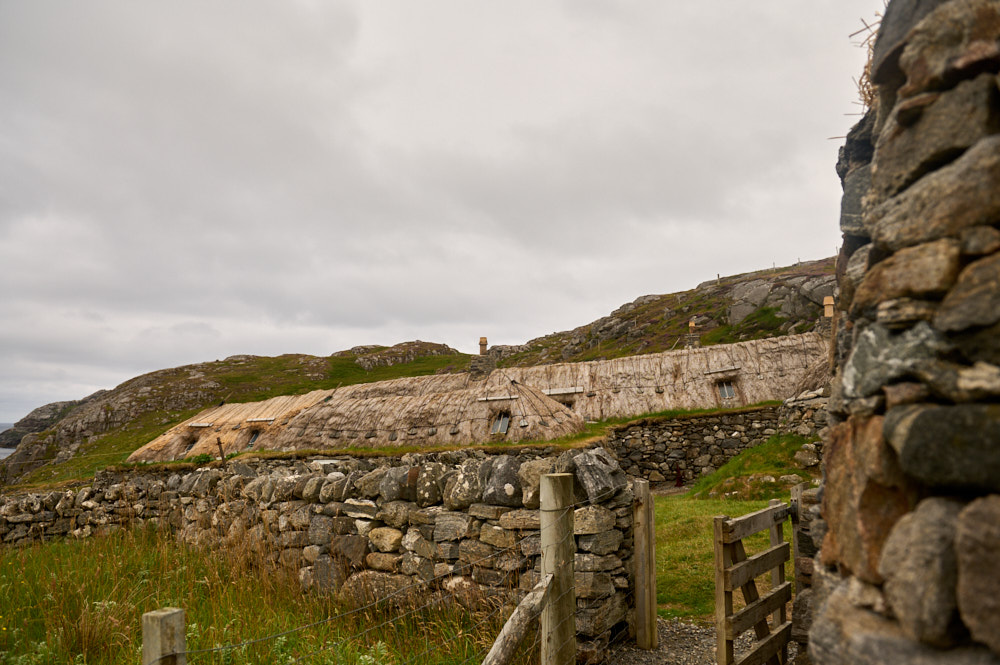
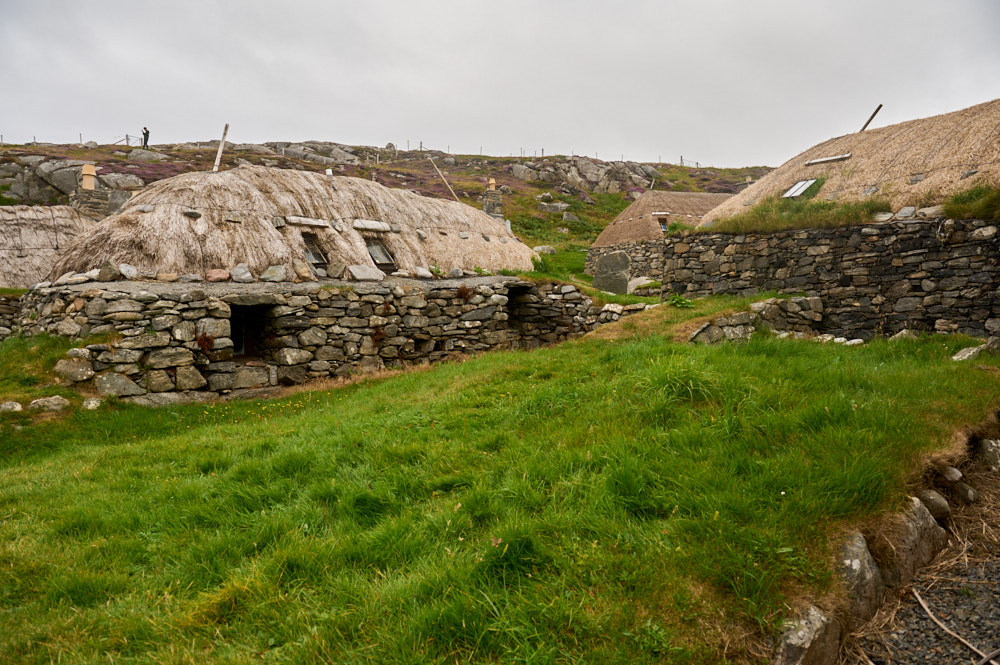
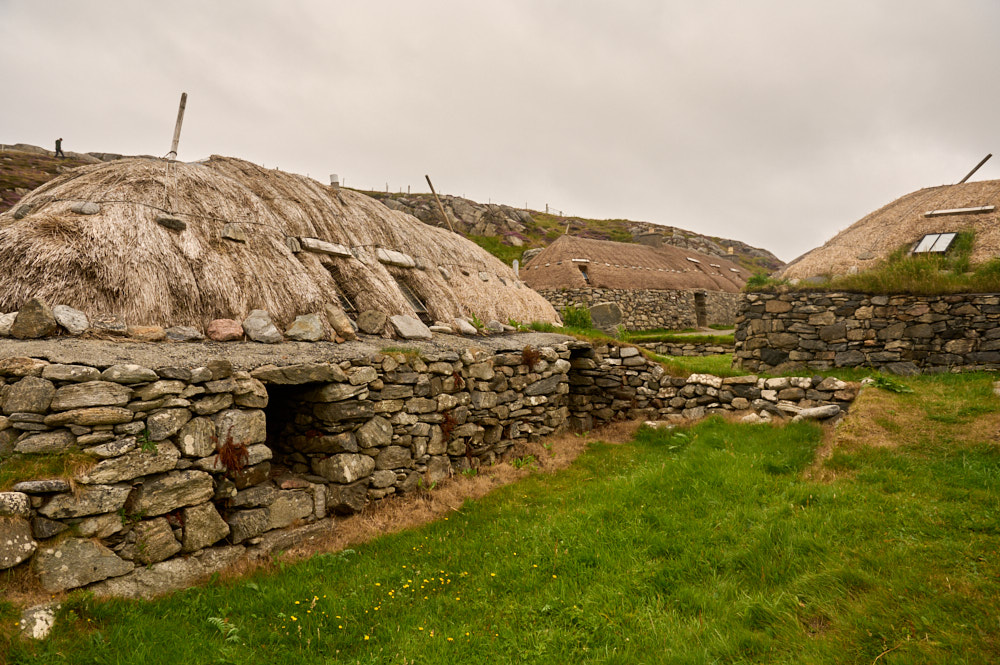
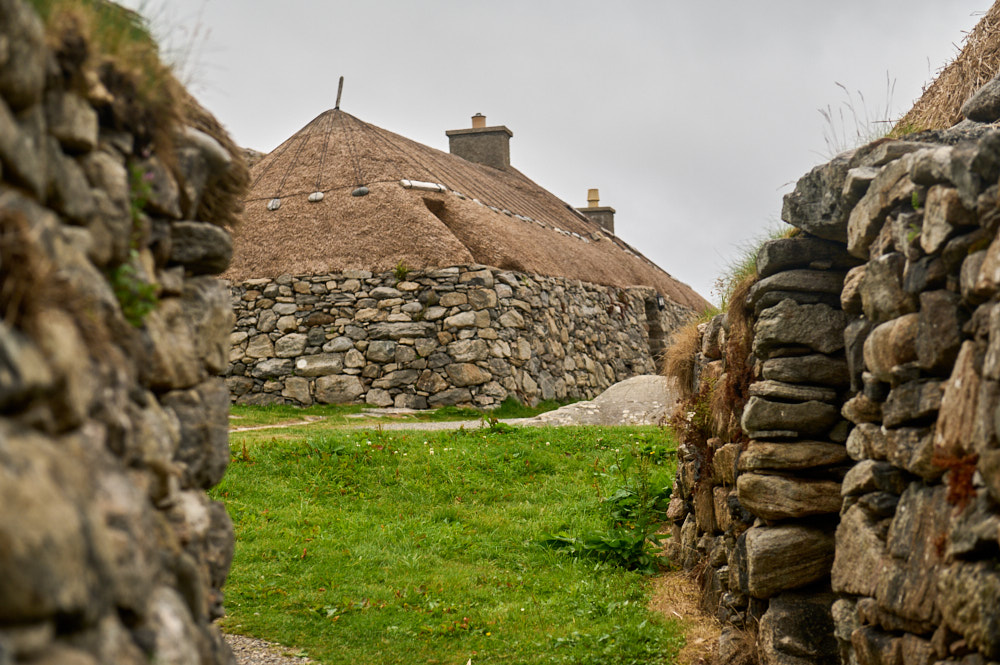
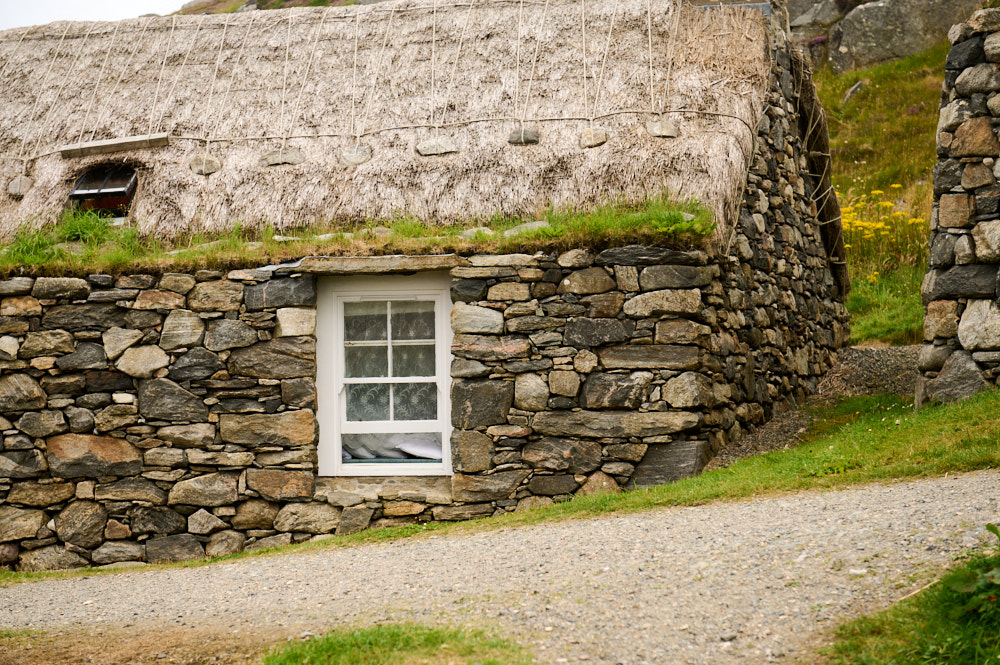
Peeking into one of the guesthouses.
